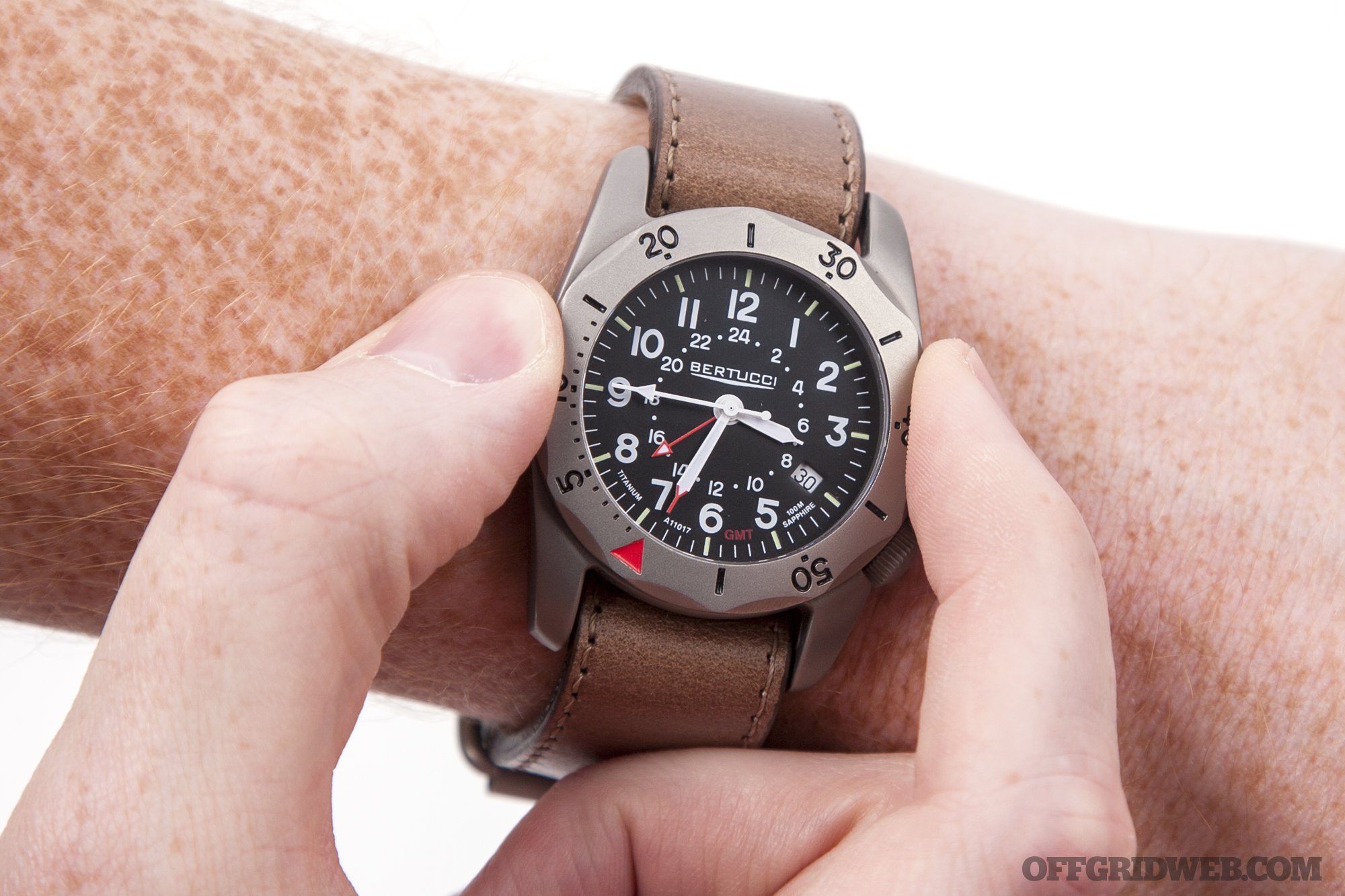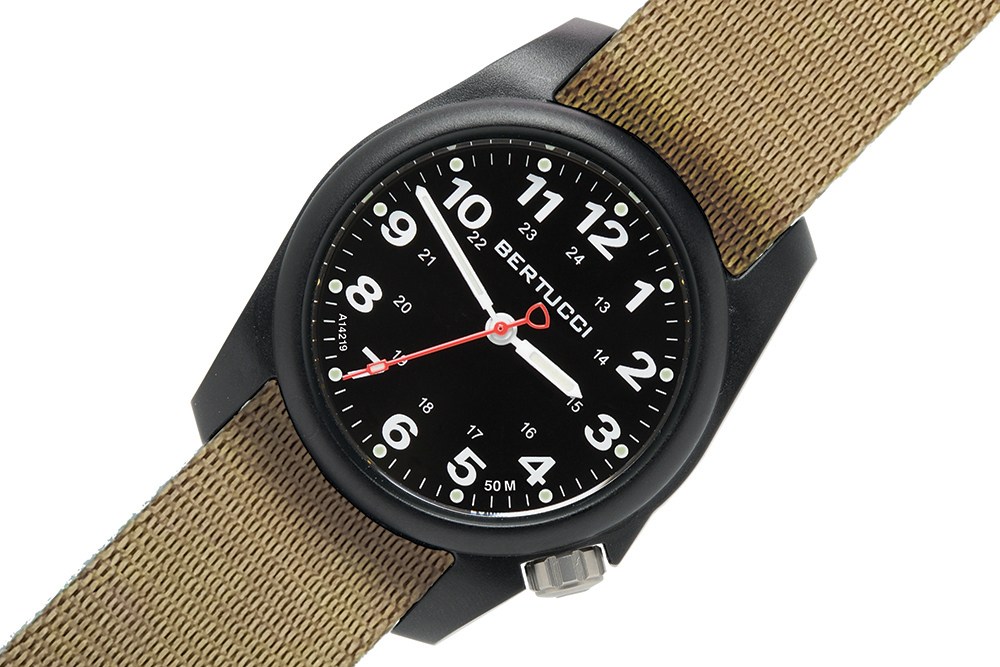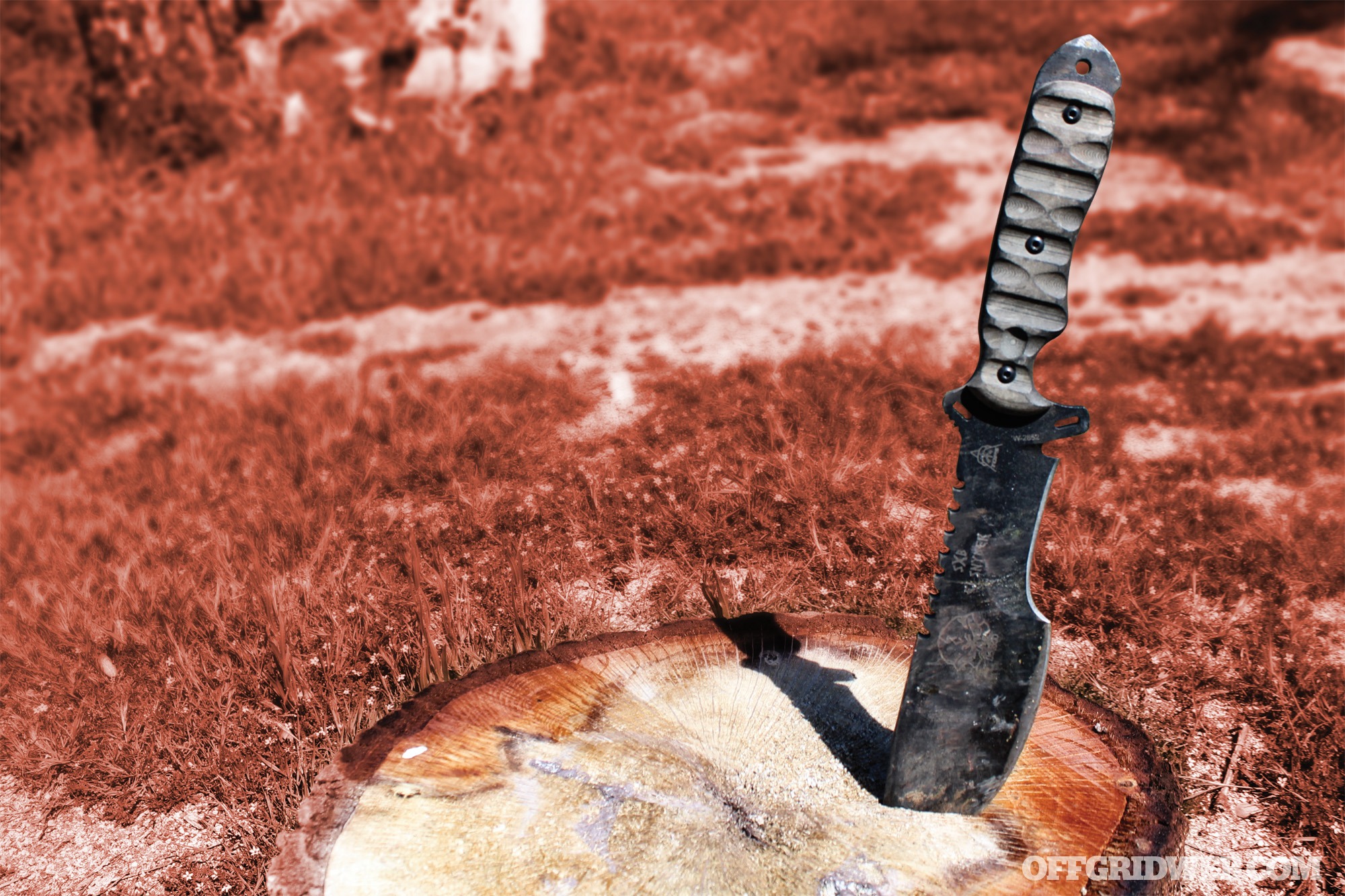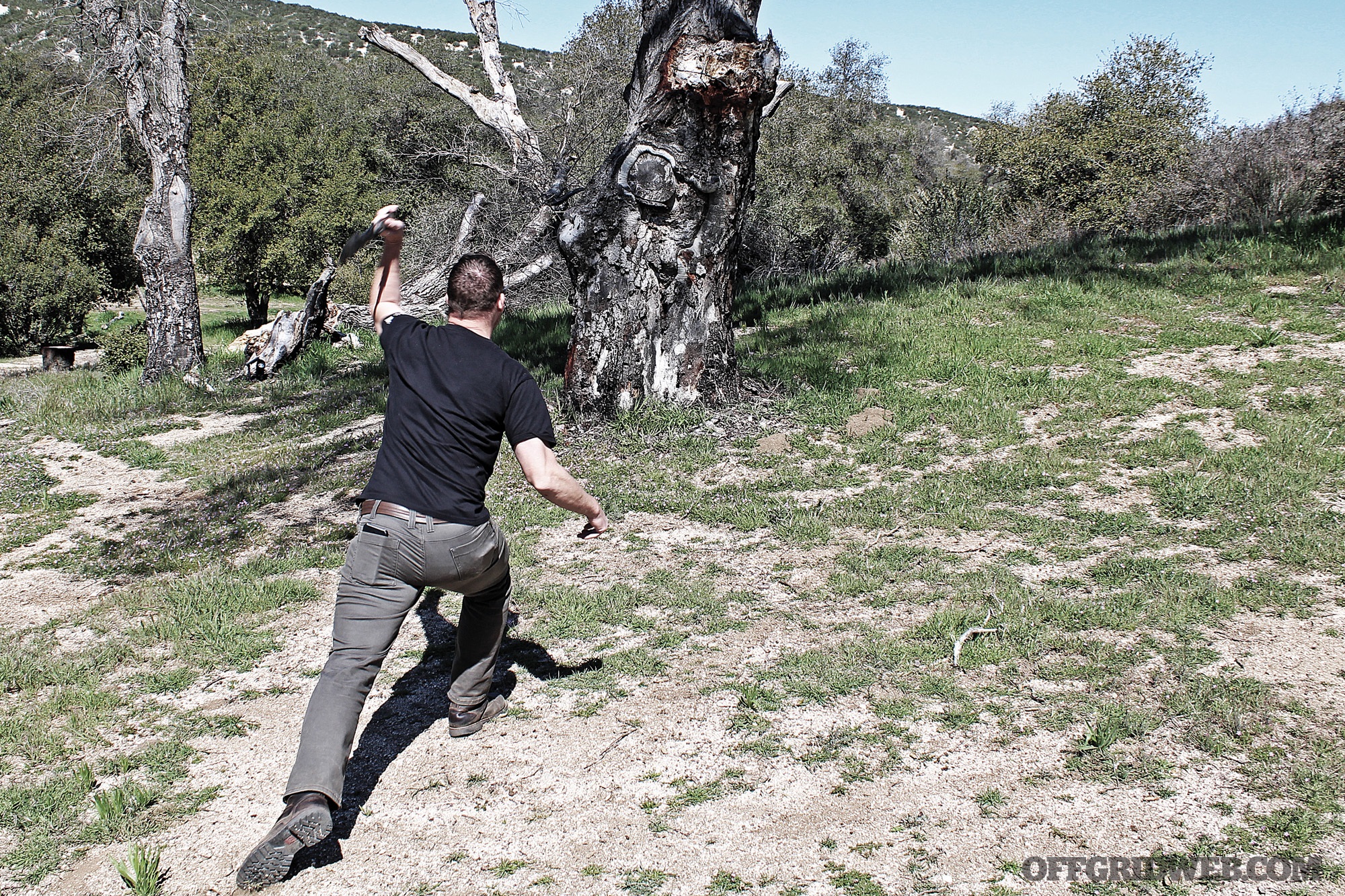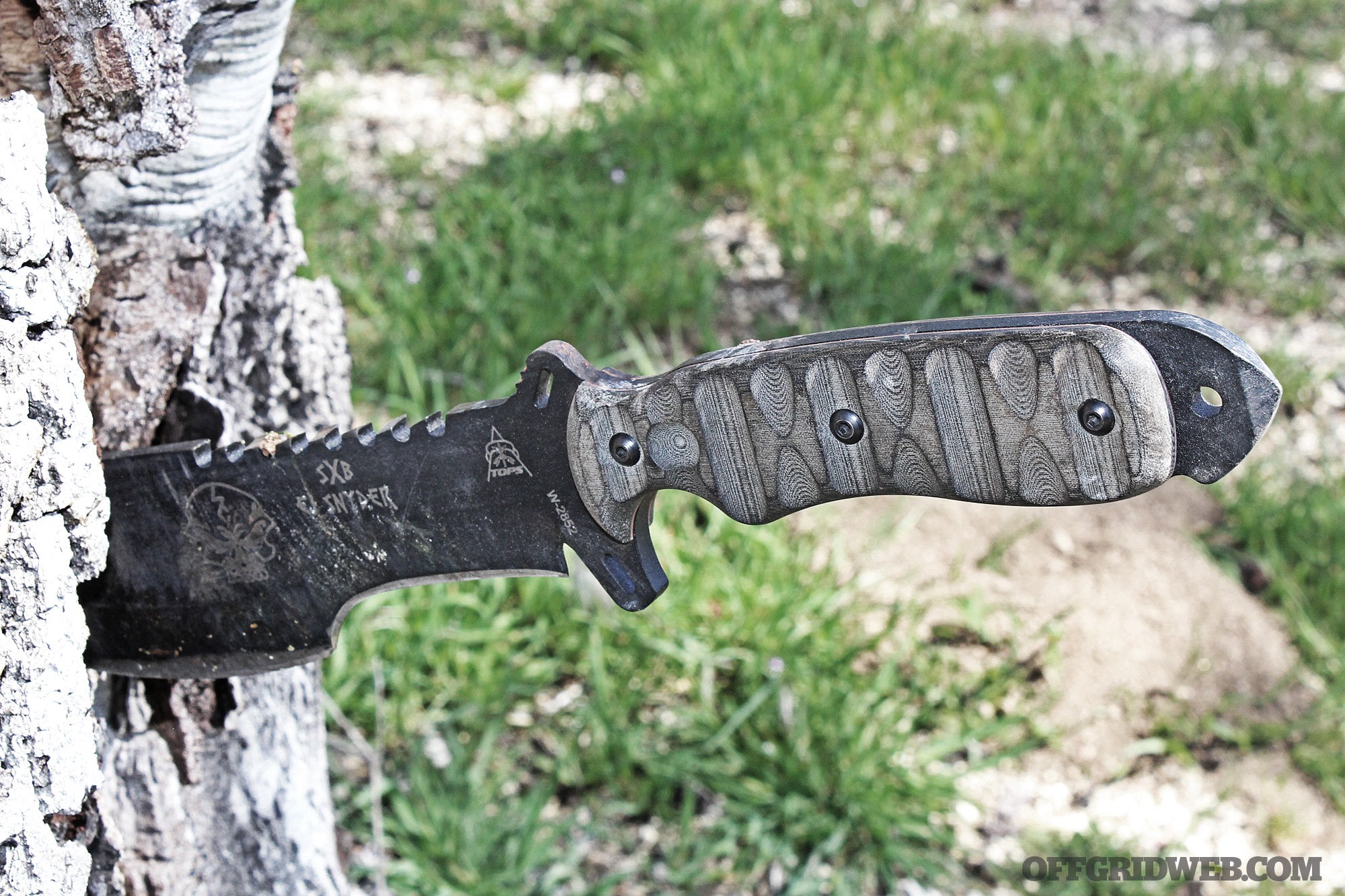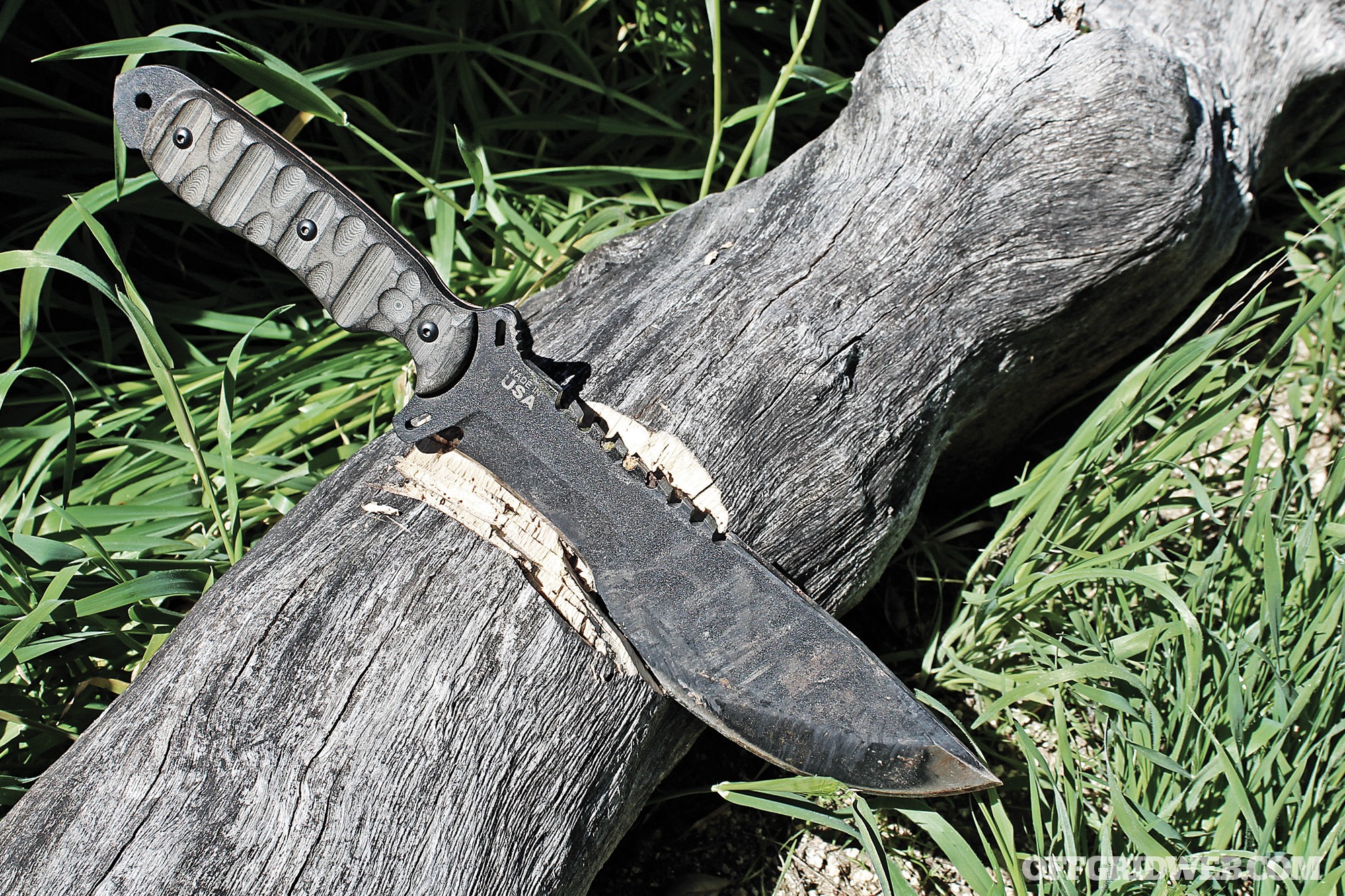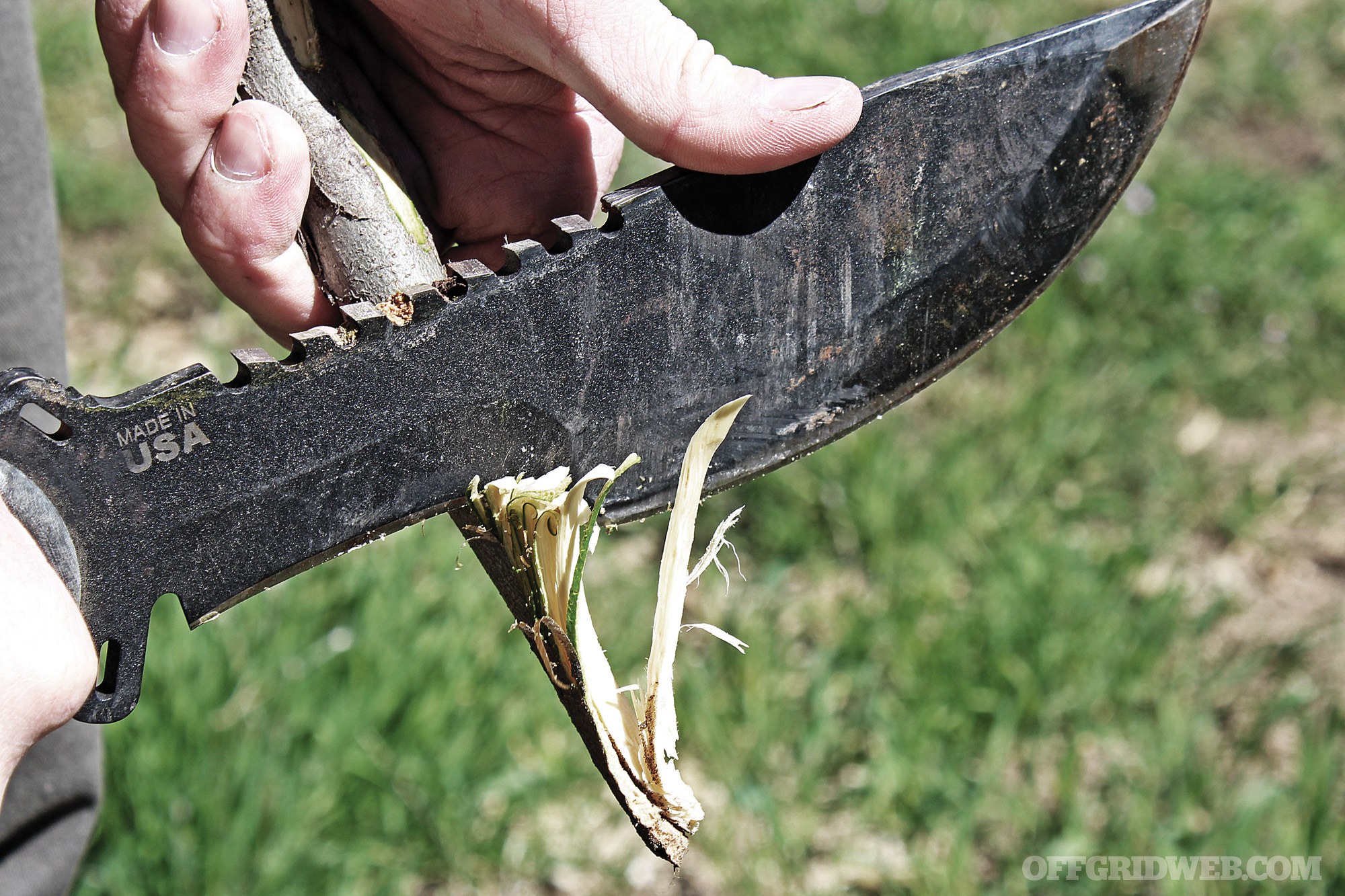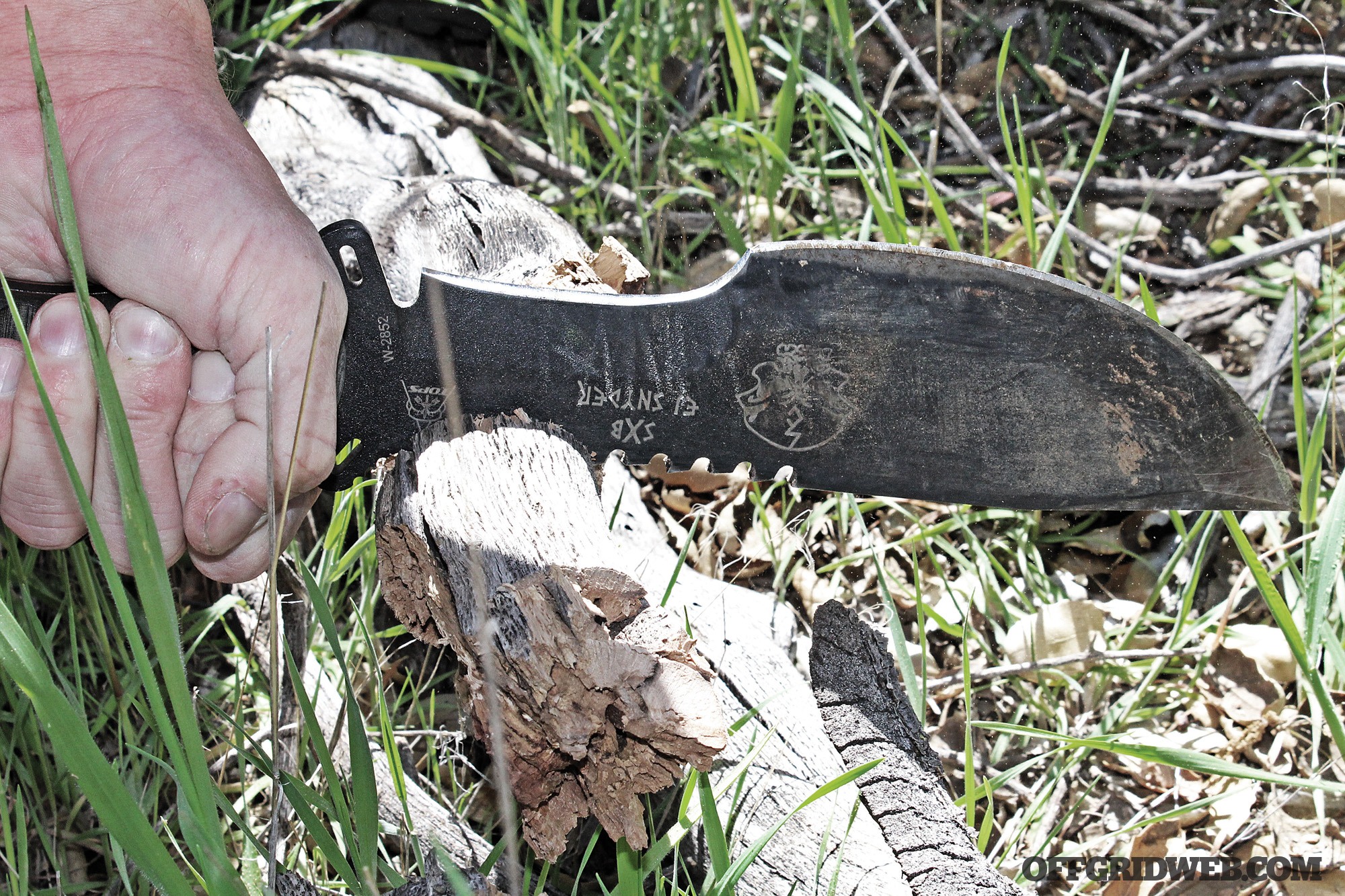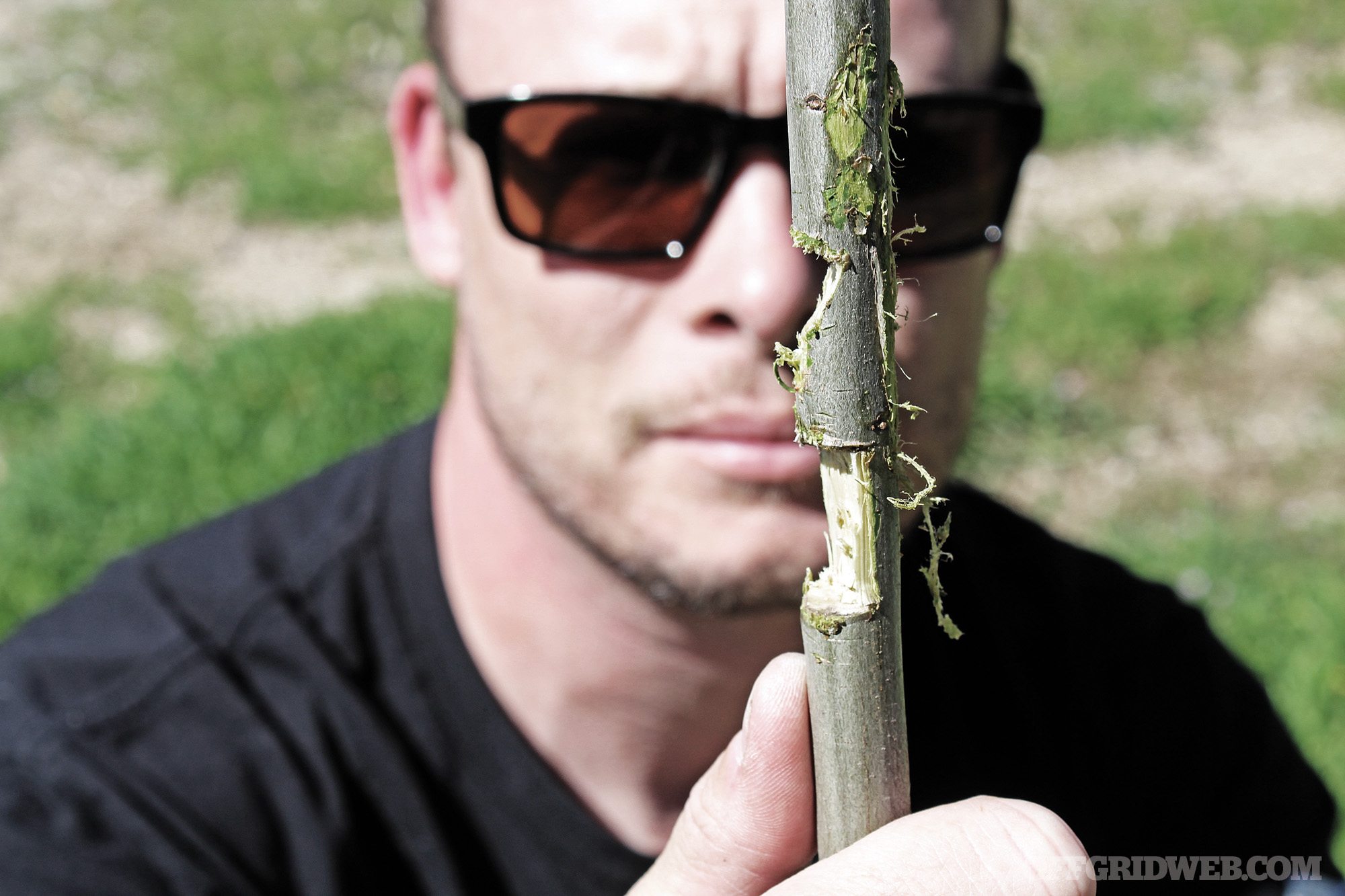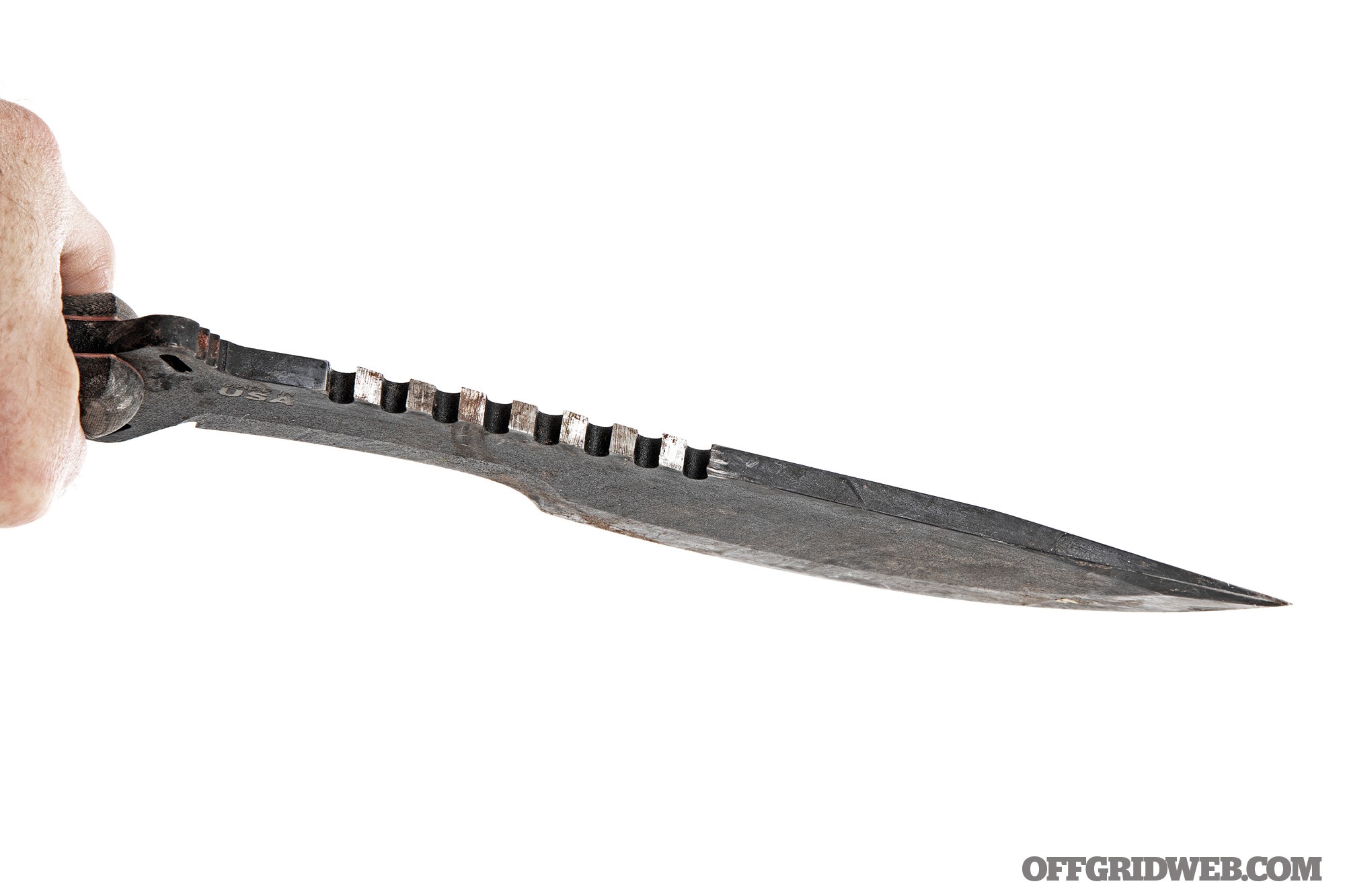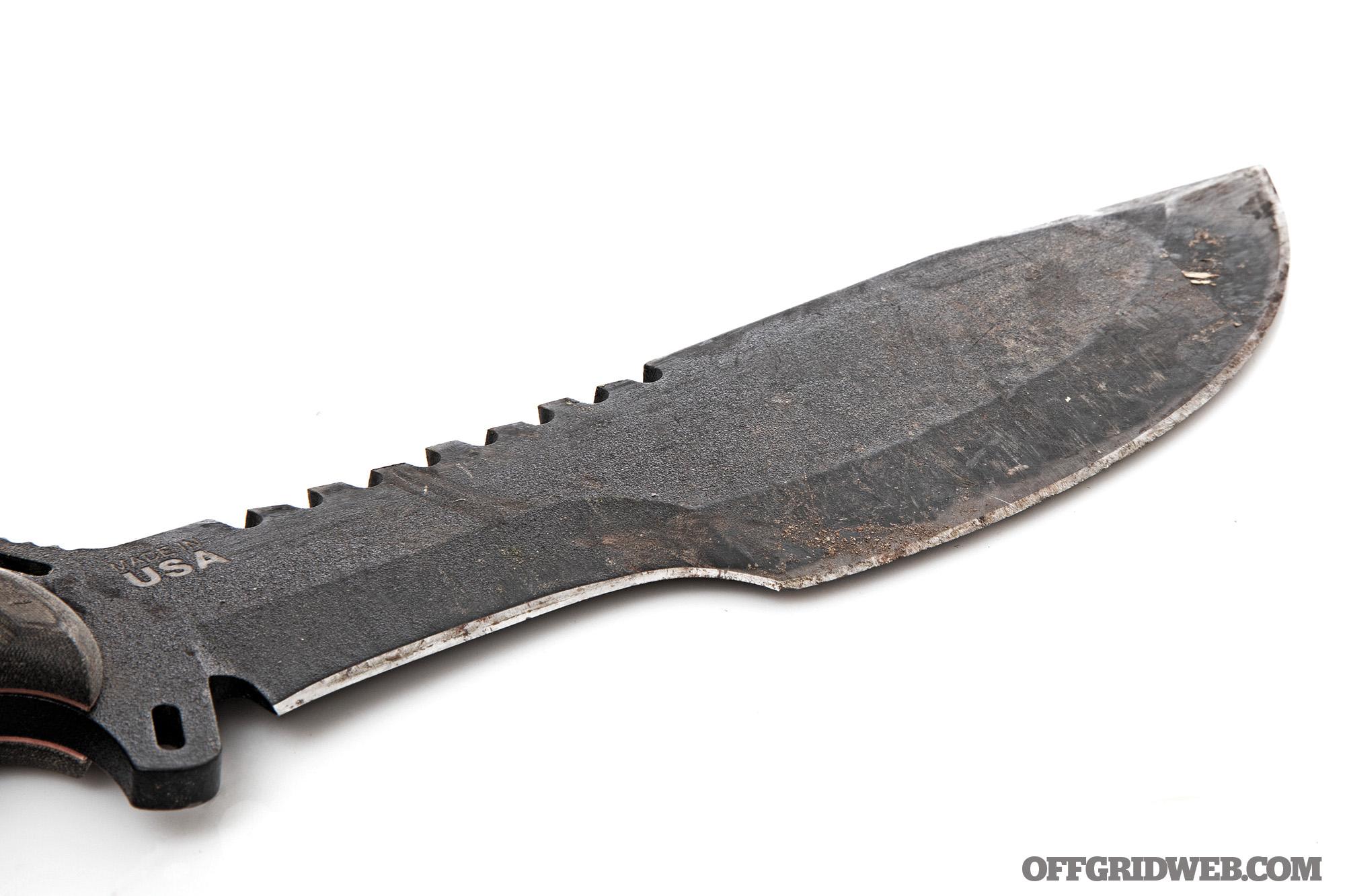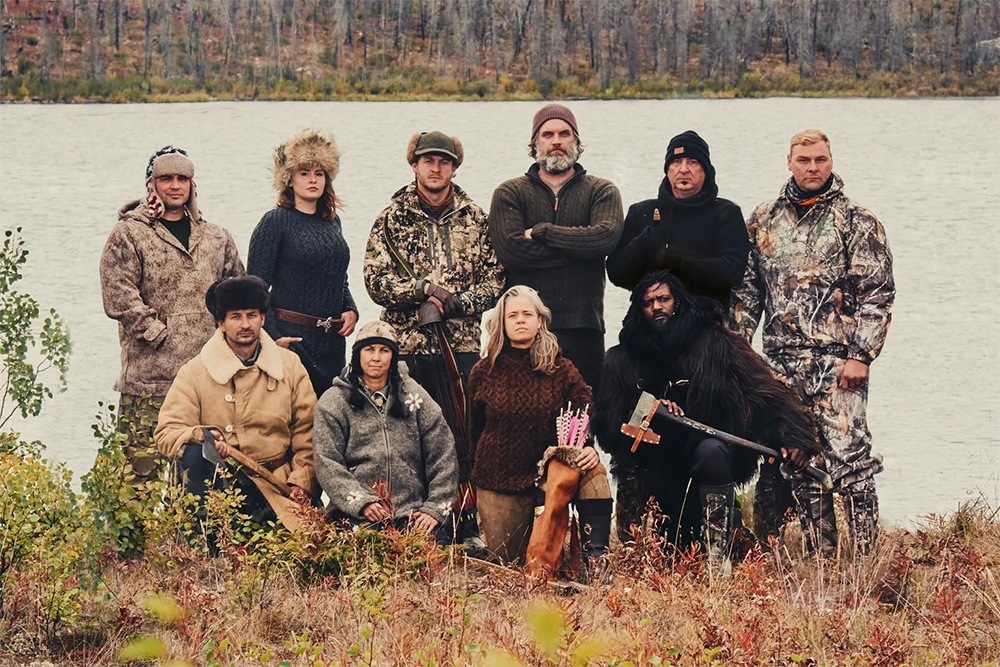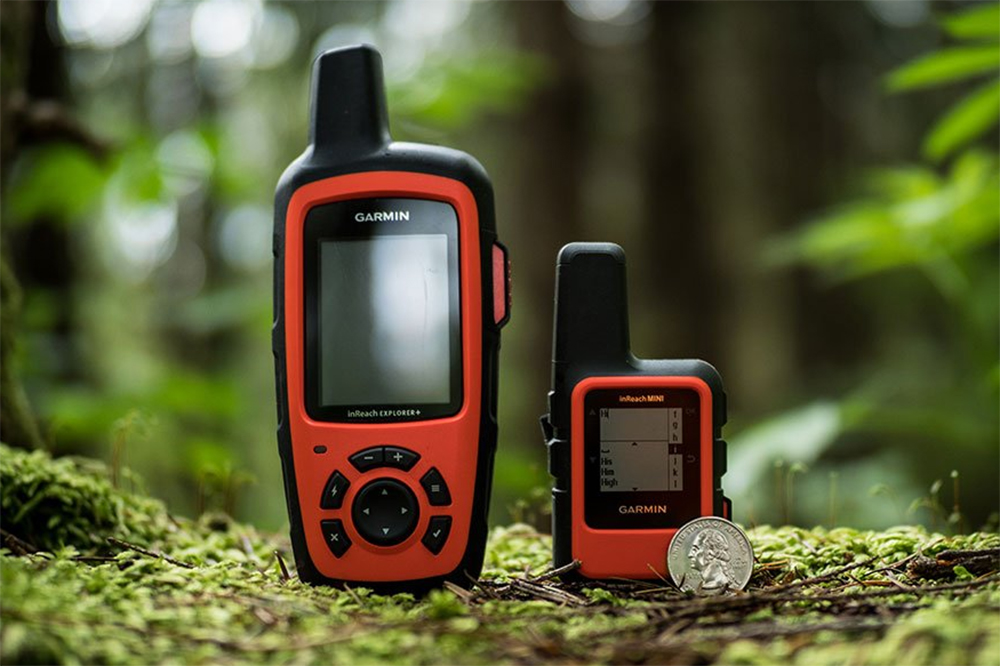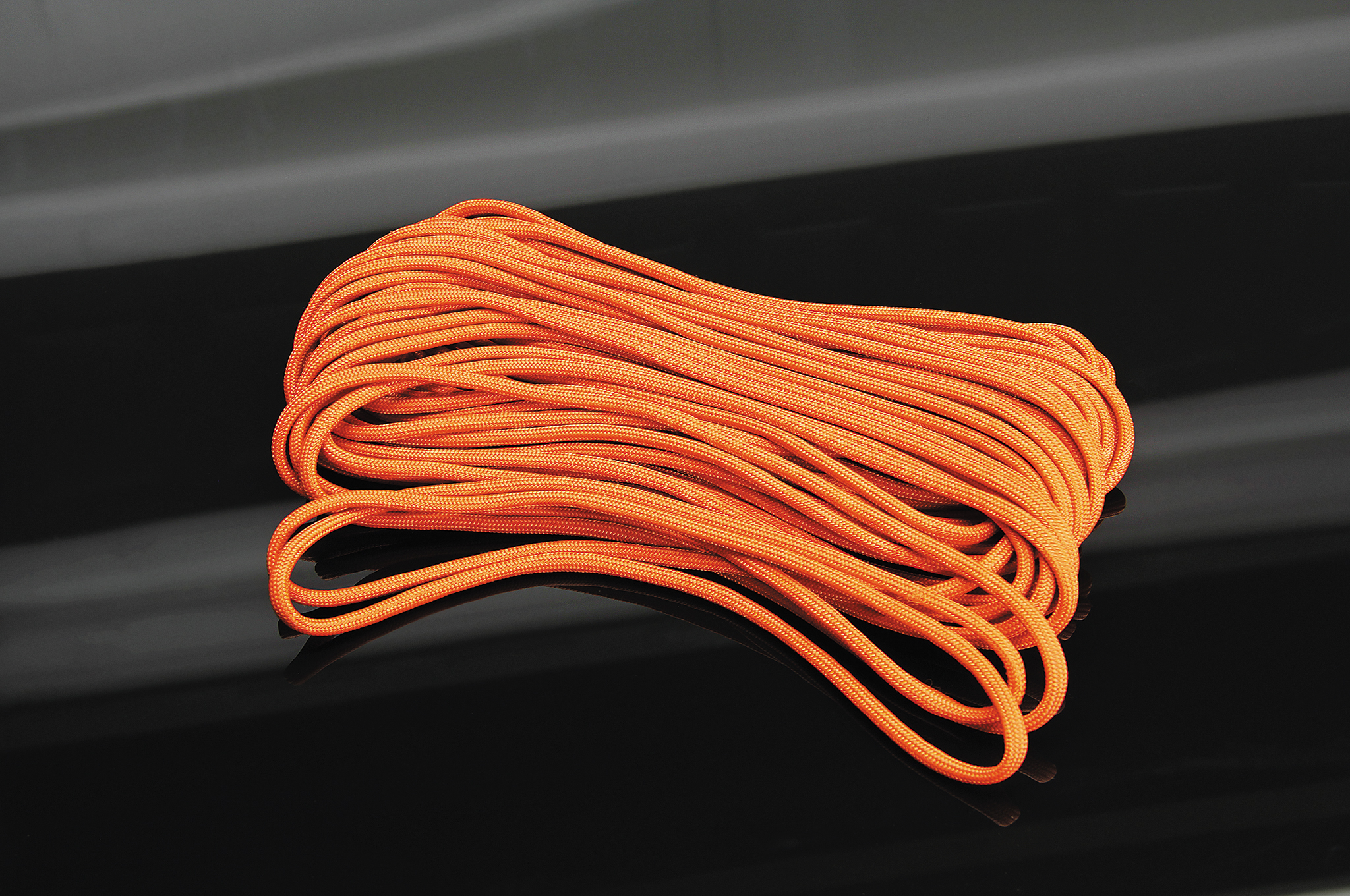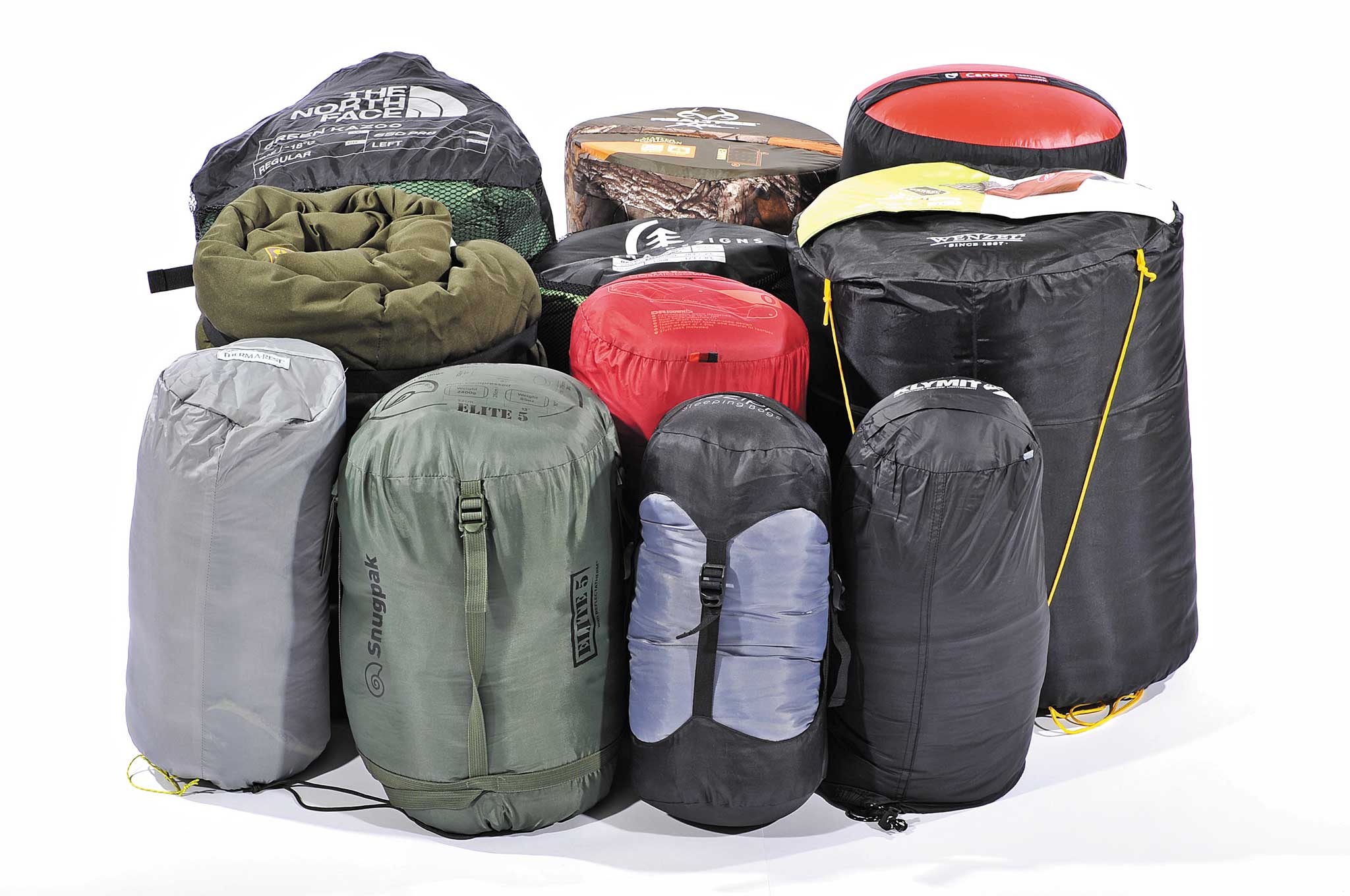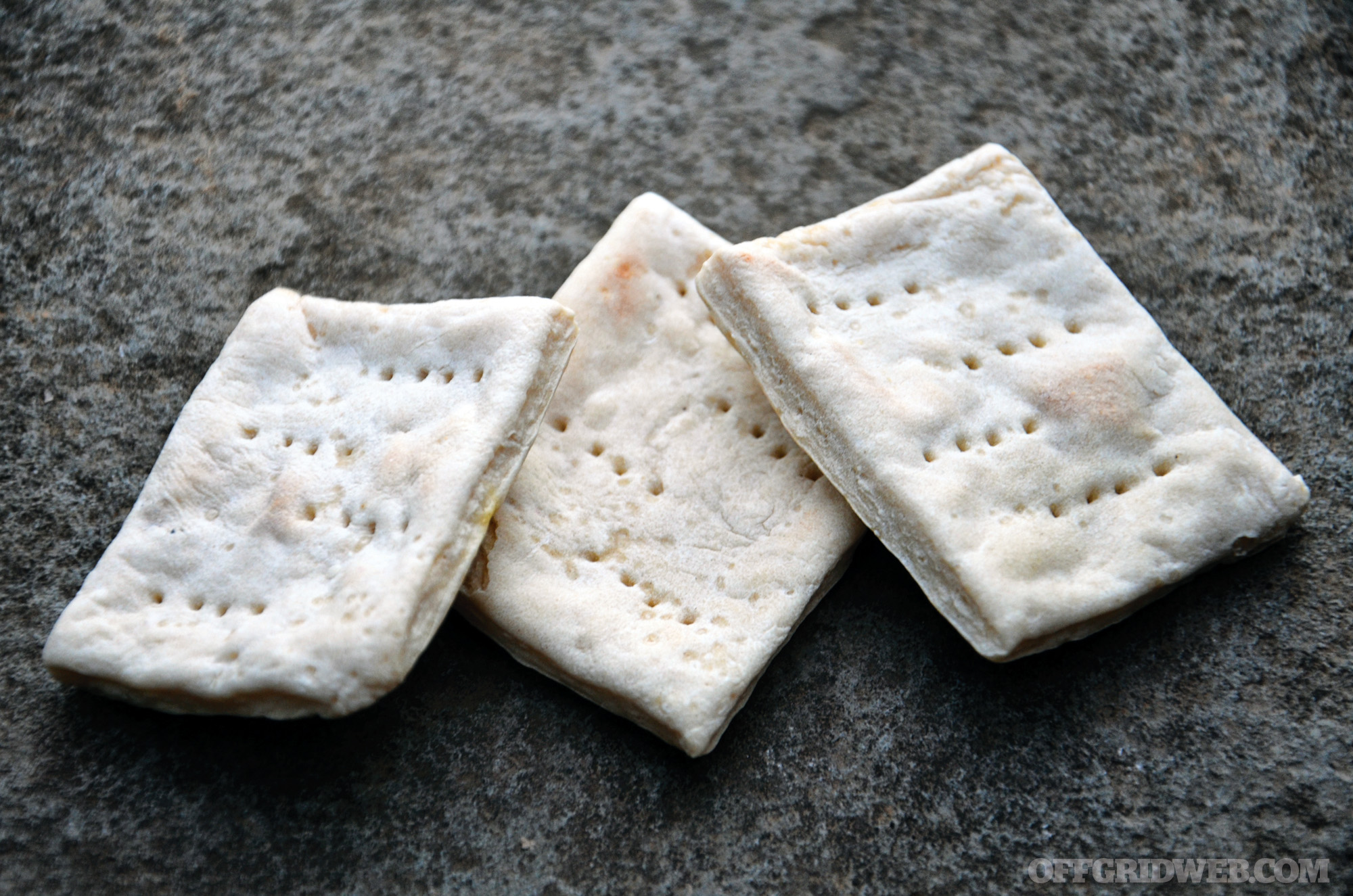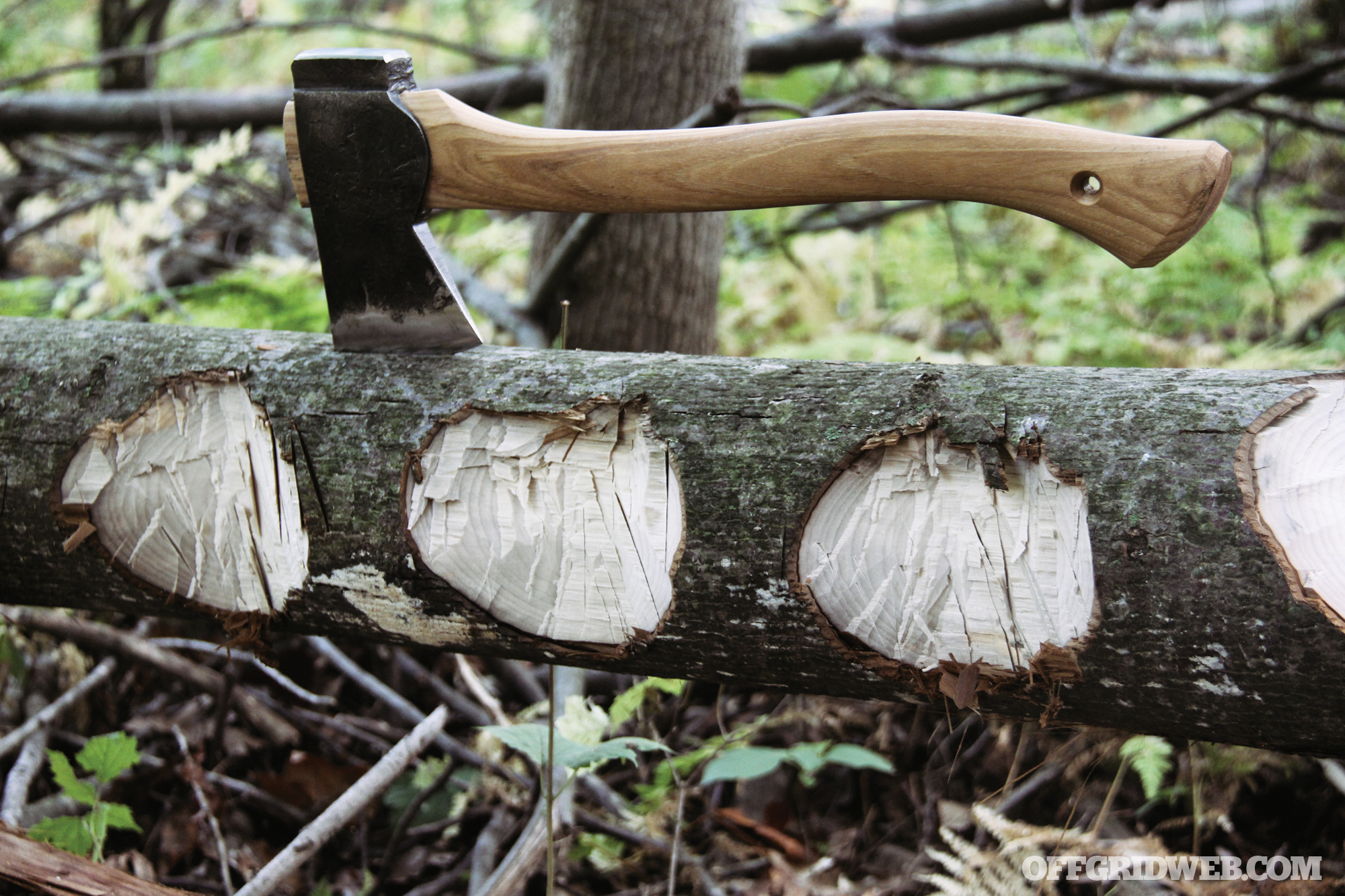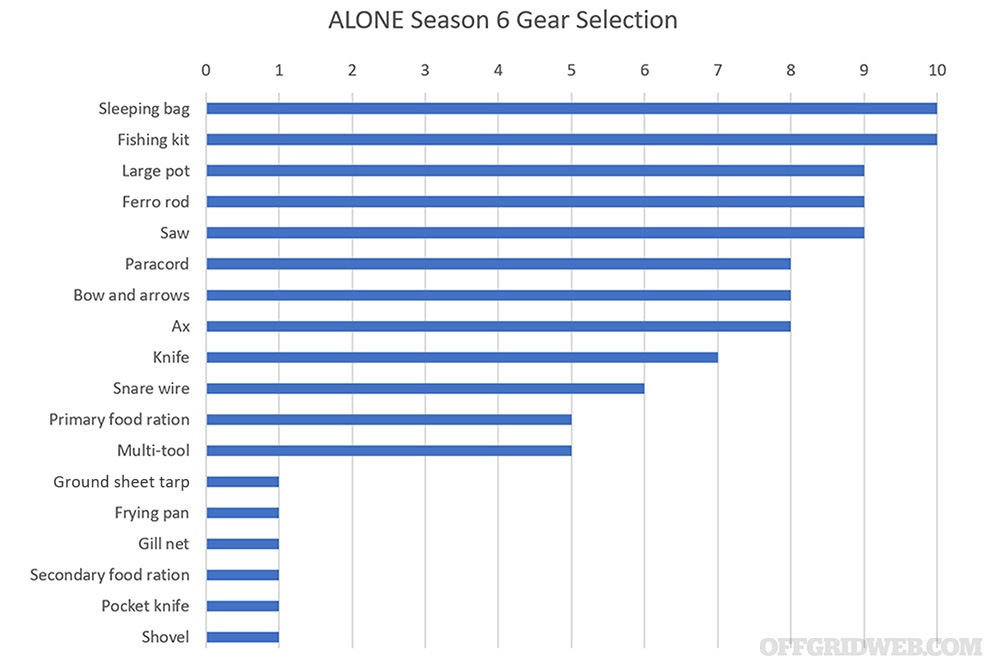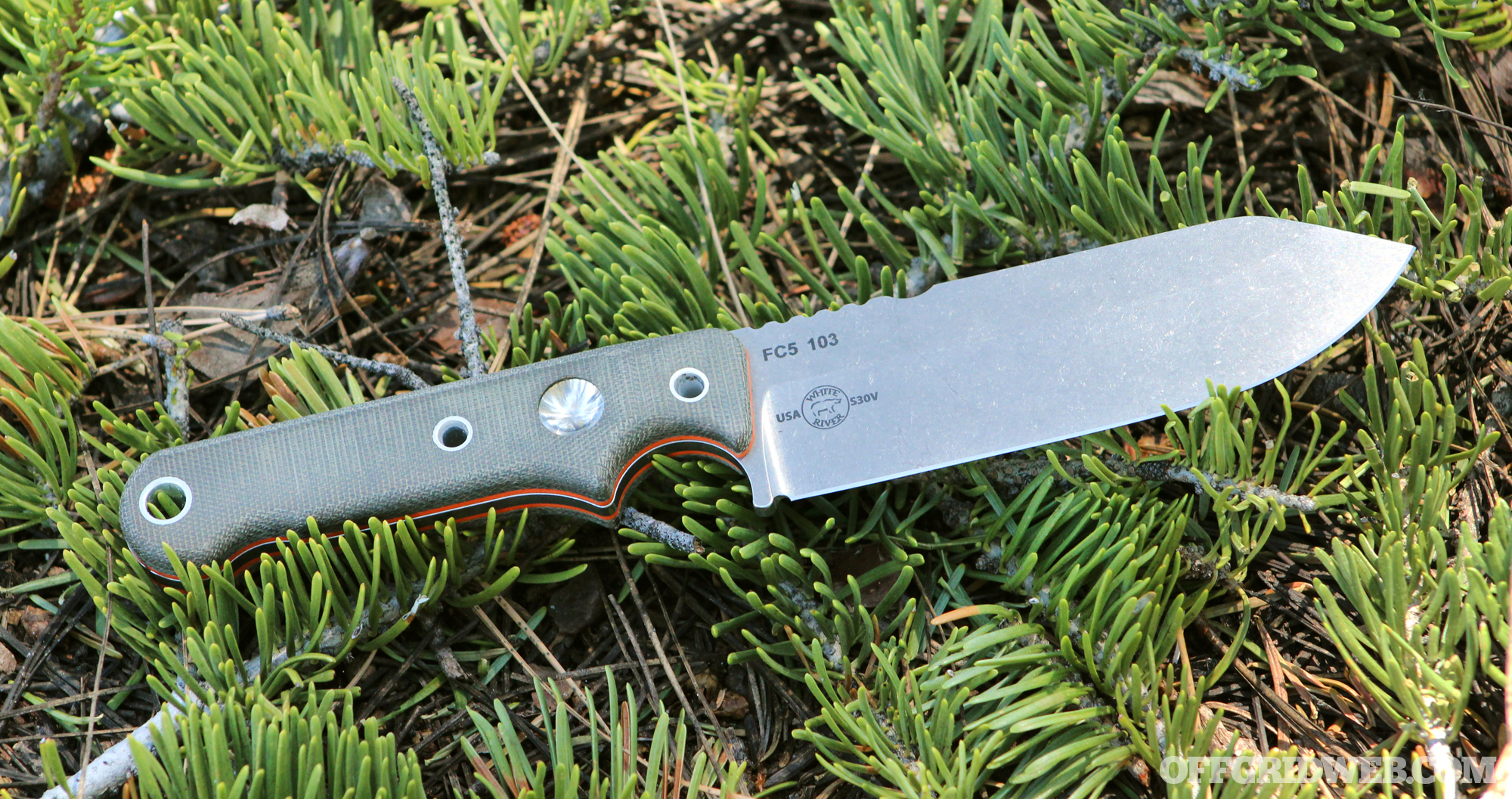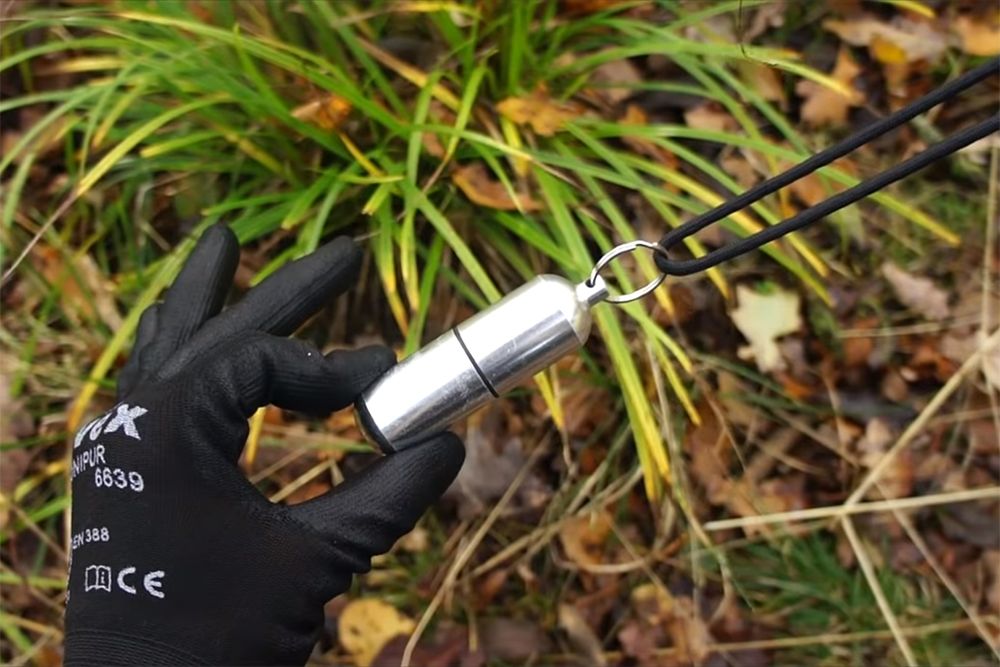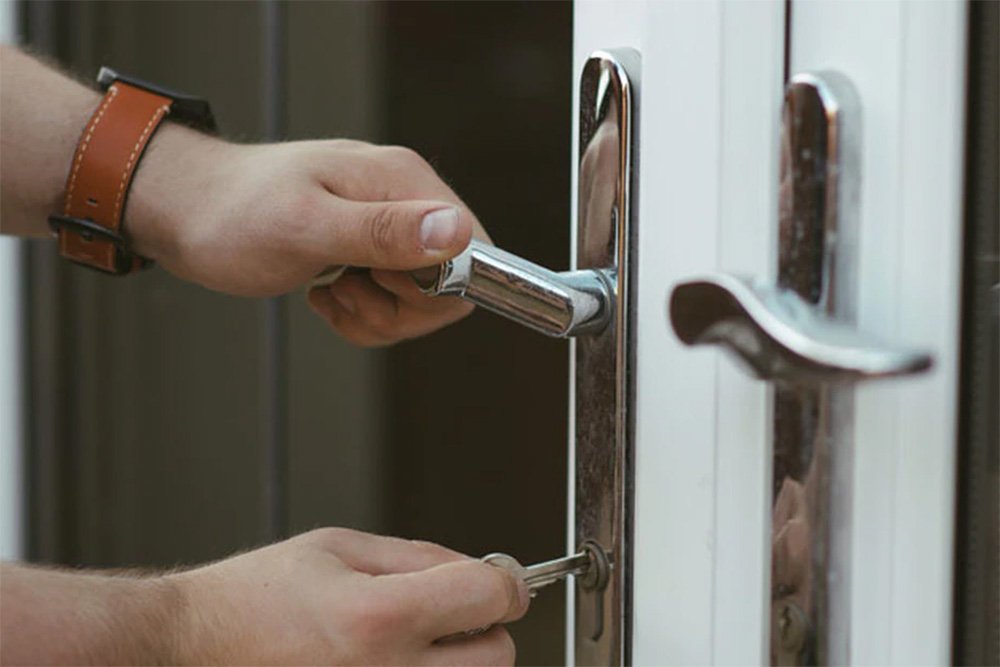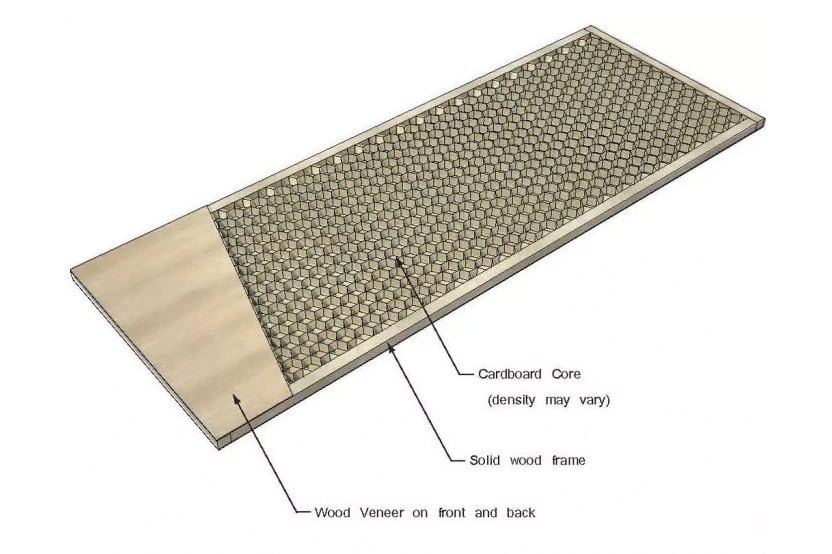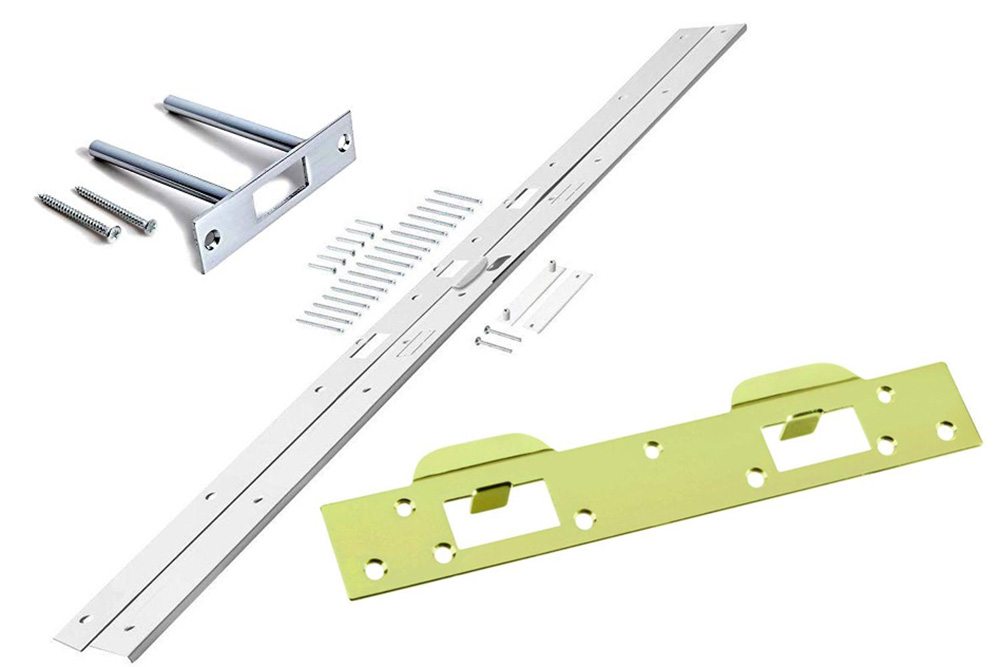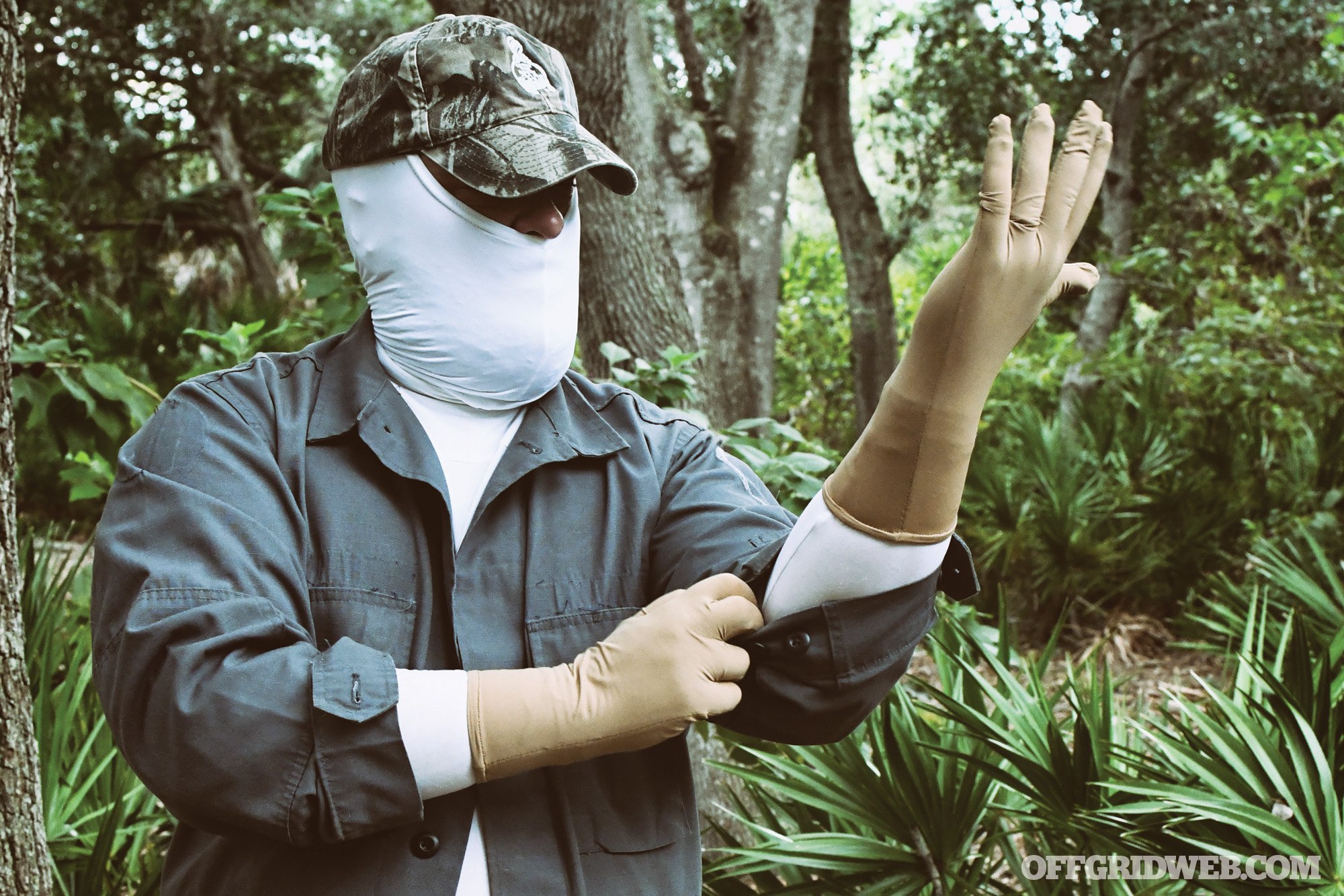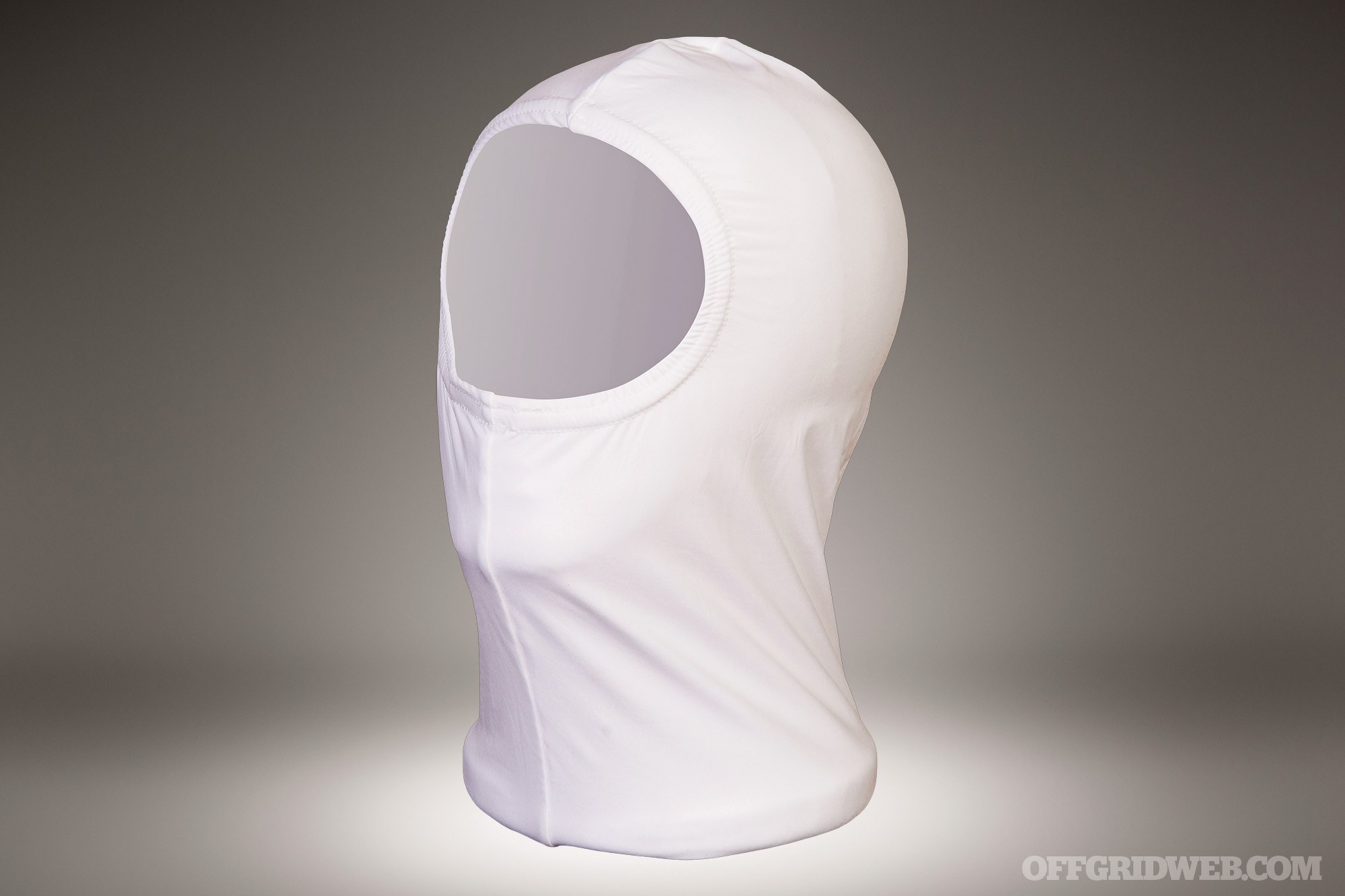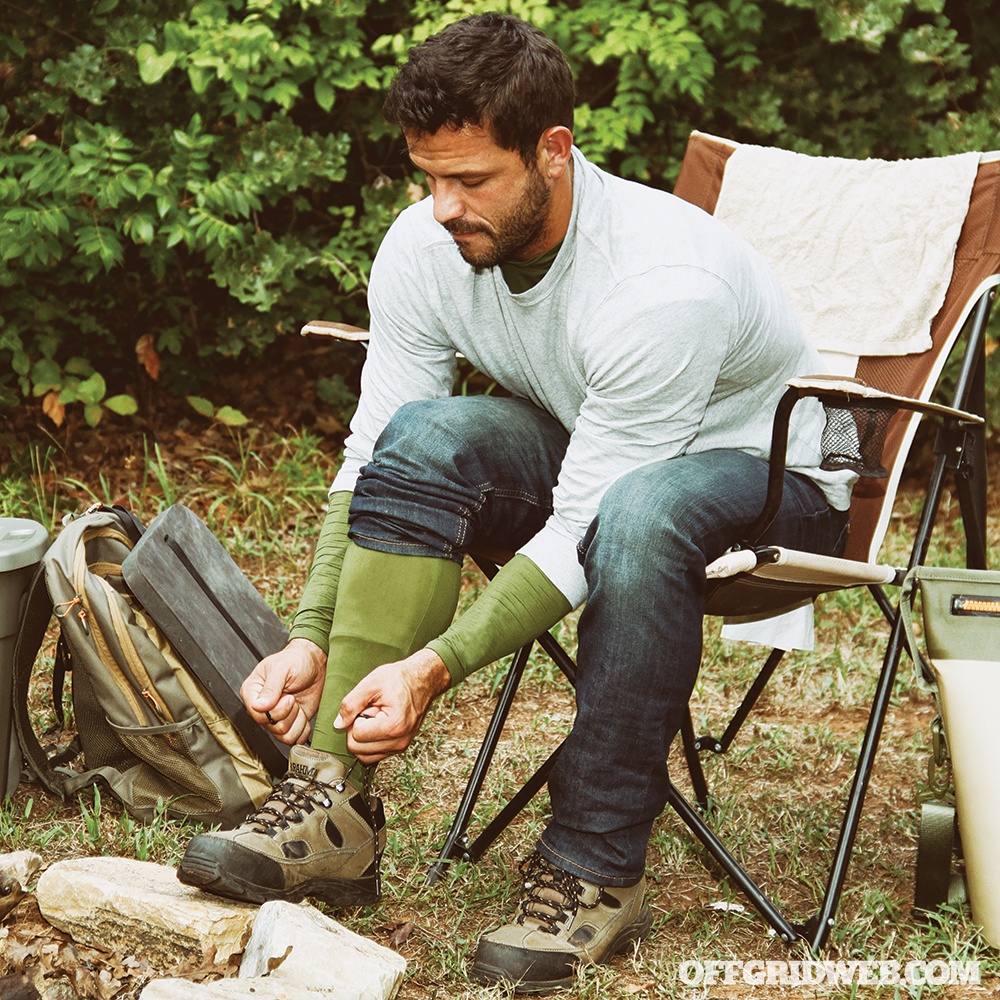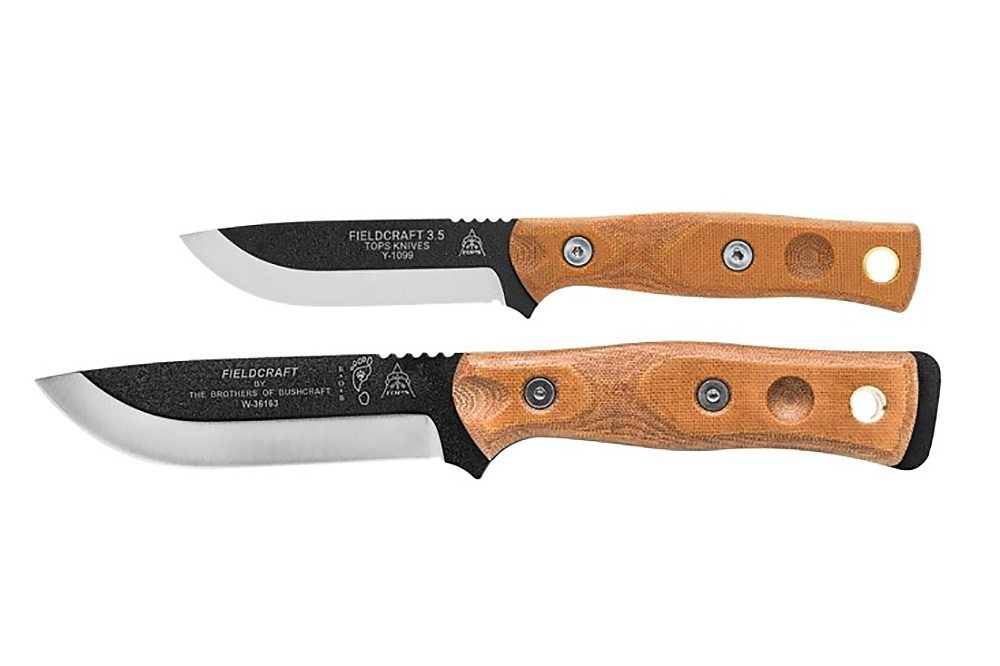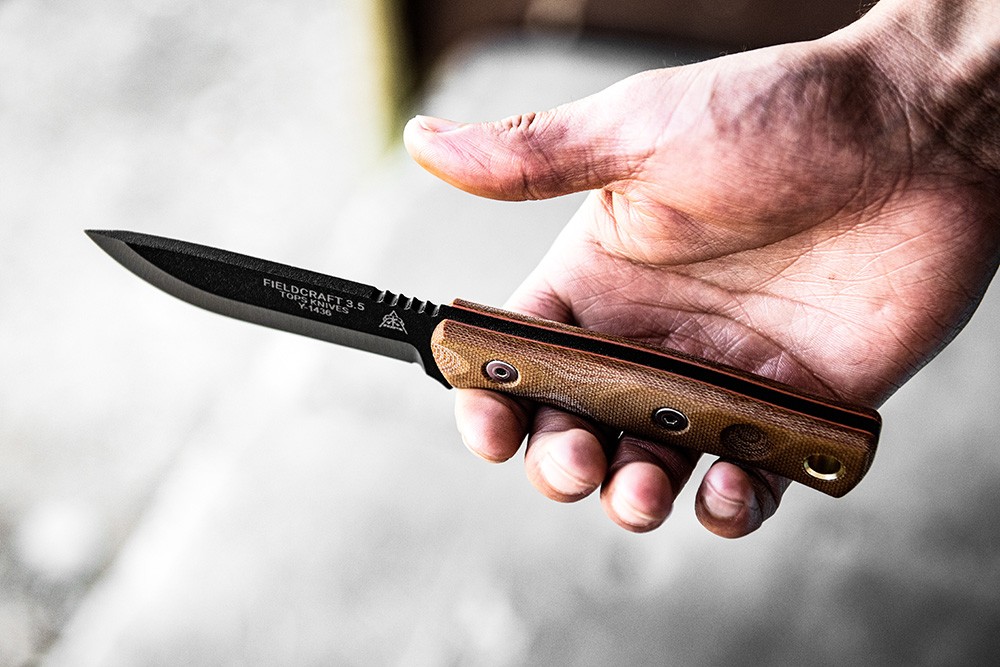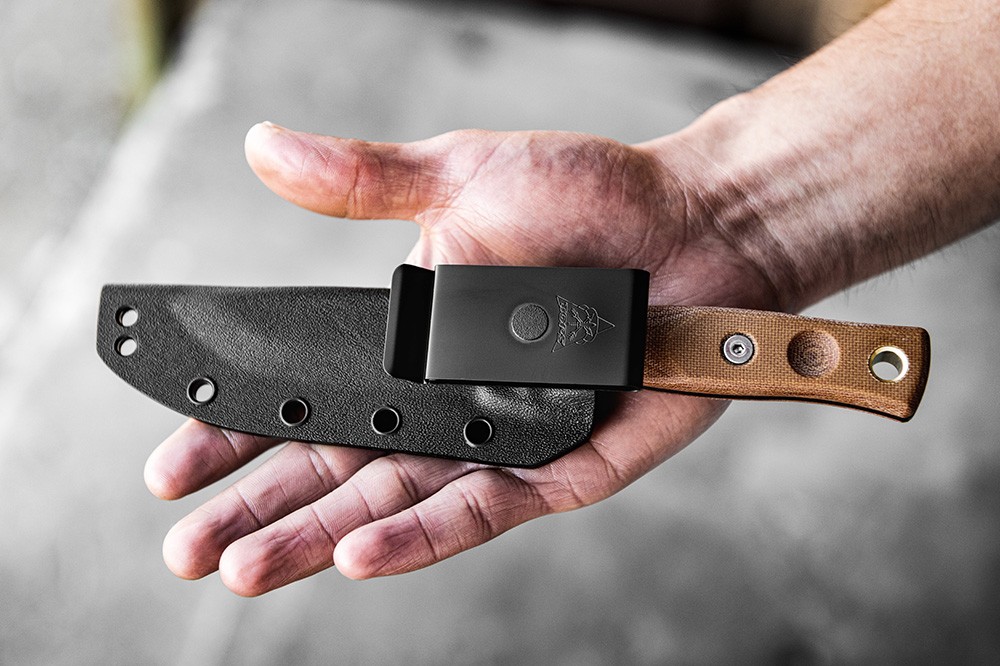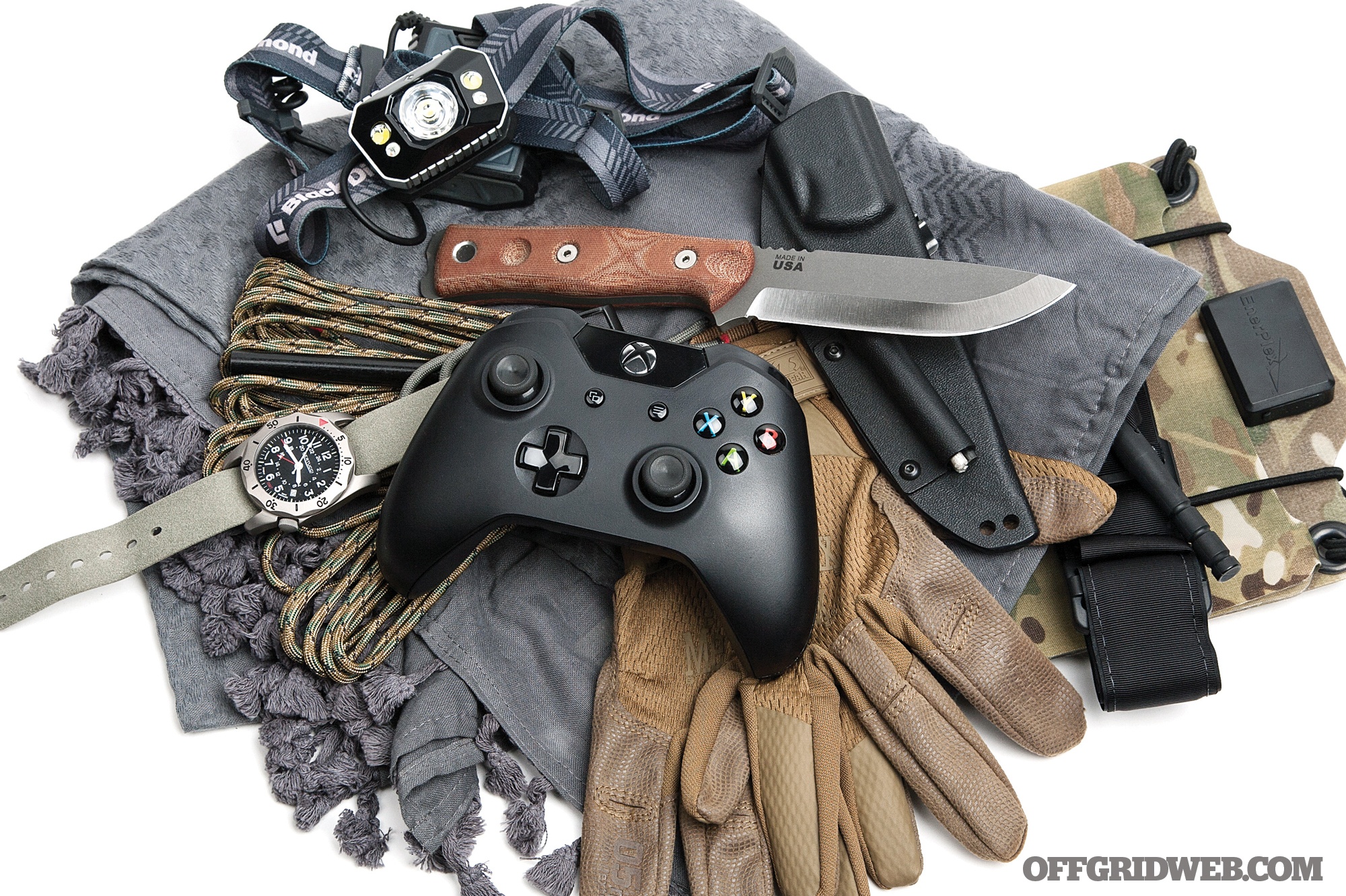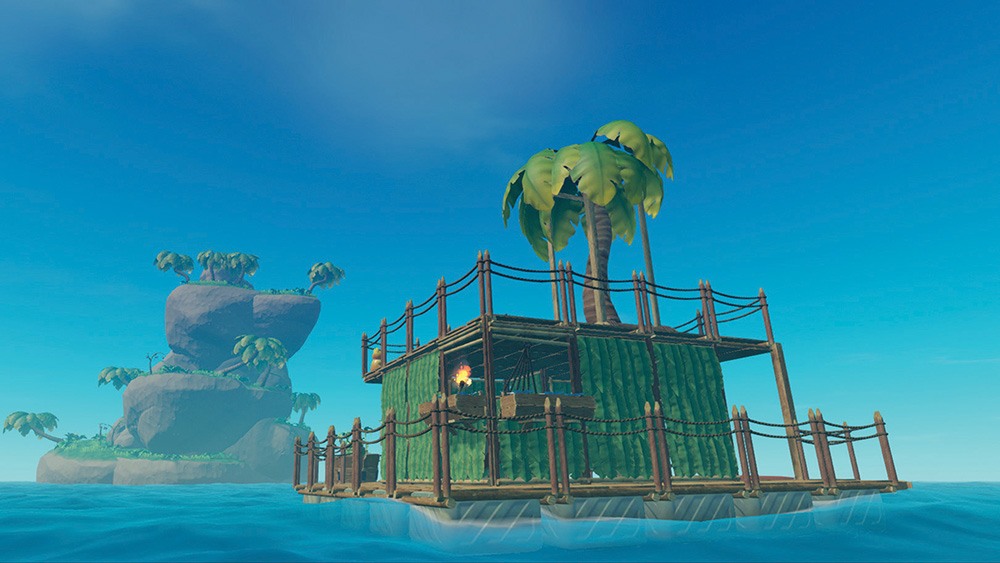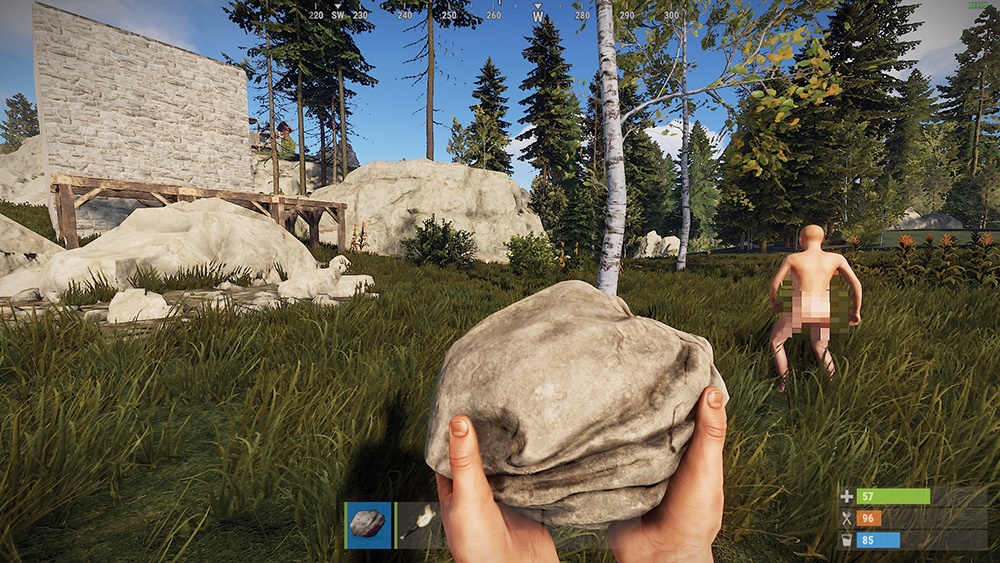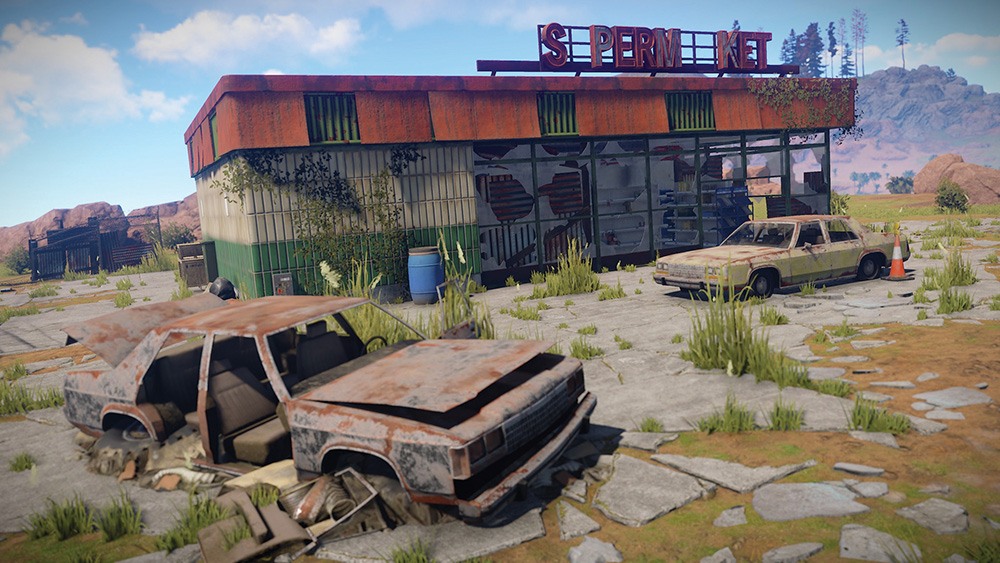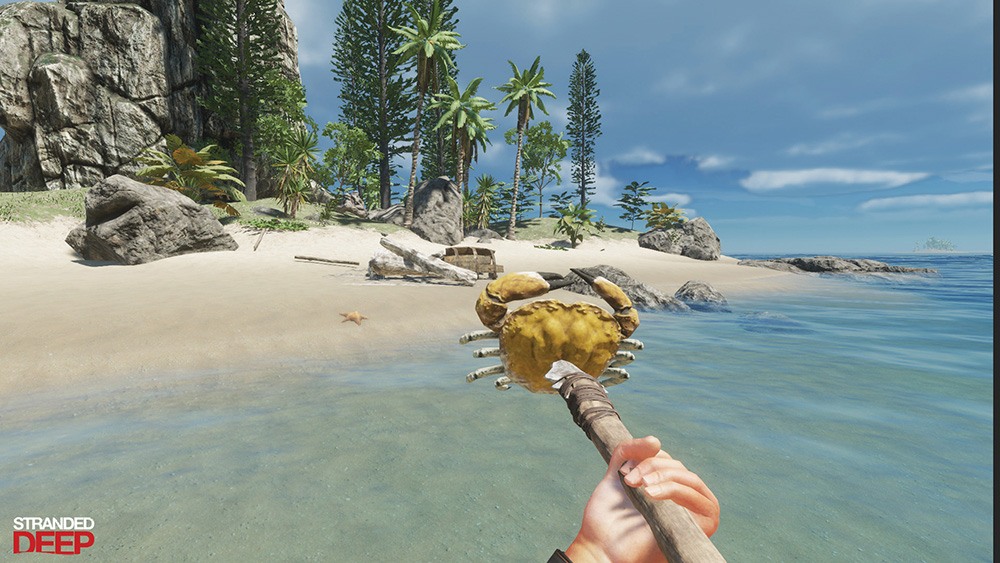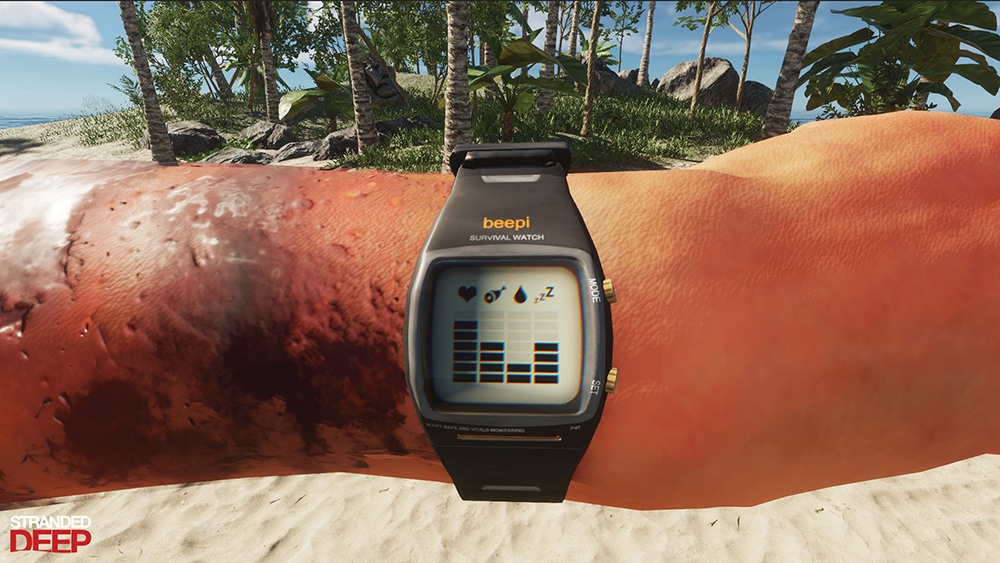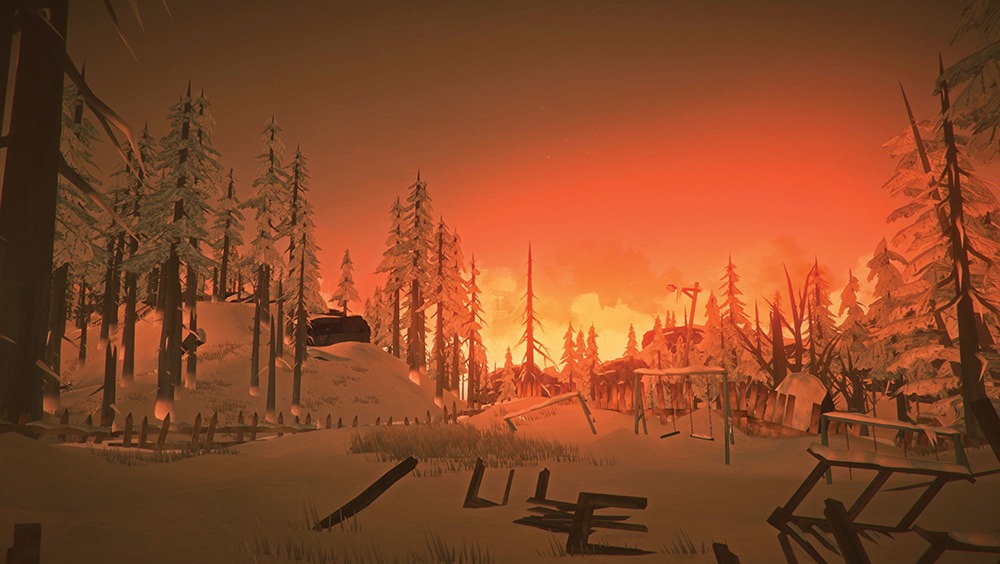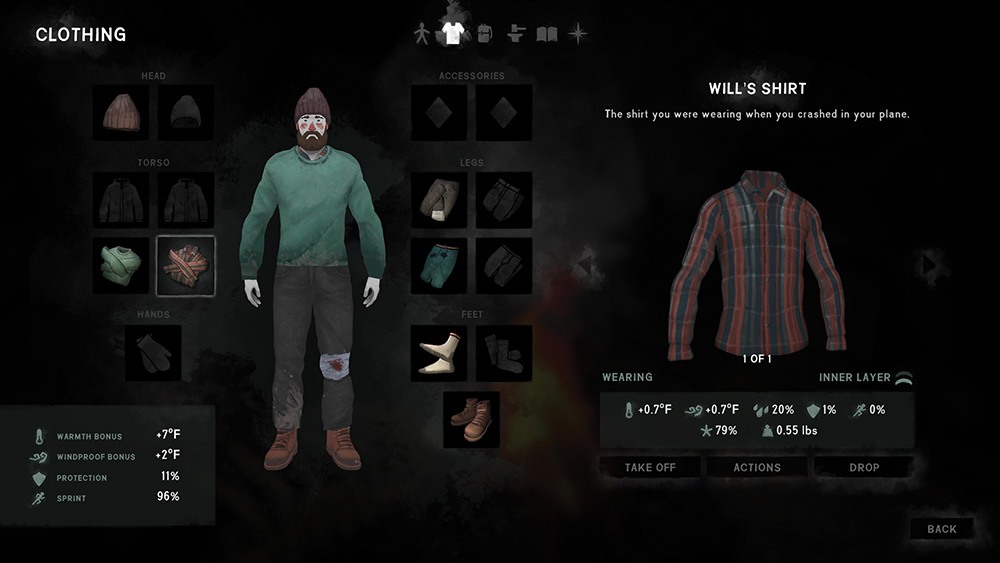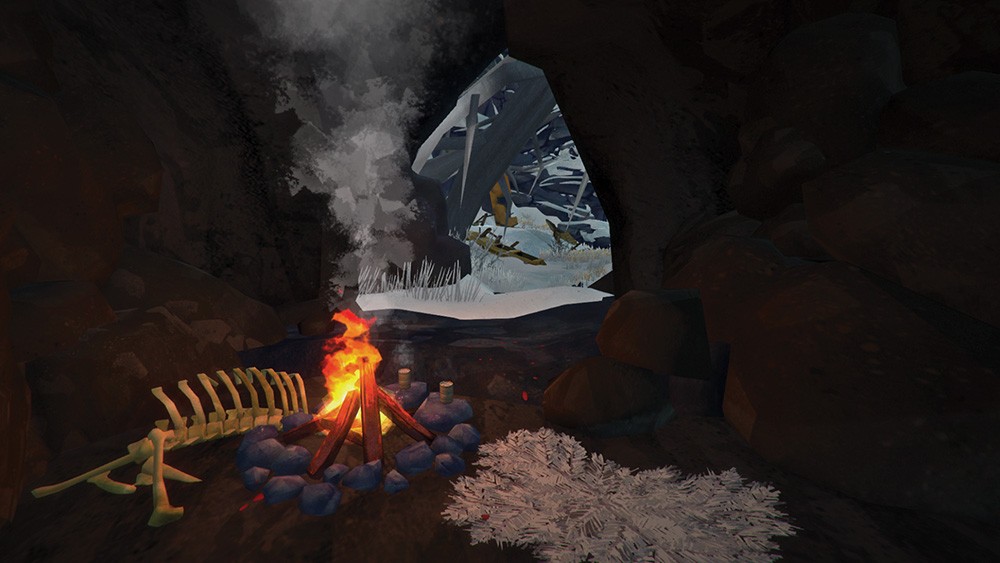Rarely do we daydream of less-than-perfect soil. We fantasize about our rural retreat — a picturesque cabin equipped with solar panels. We own a well with pure water, a stocked trout stream just a few paces out the backdoor, and a mature woodland with excellent hunting. We have a milk cow and two stands of honeybees, and every plant in the vegetable garden is green and thriving.
In reality, few locations have garden soil that doesn’t need some adjustment. We’d be lucky if the only requirement is 100 pounds of lime to raise the pH or perhaps organic matter applied to the top. But it’s not always so simple. What if the land on our dream acreage has thin (or nonexistent) topsoil? Maybe we’re too far from a quarry to have reliable access to lime. Maybe the only affordable real estate on the market is reclaimed surface mined land. The land could be rocky, heavily compacted, and not likely to be tillable without a few years of prep work.

Hydroponic production may be the best (or only) solution for growing vegetables in scenarios like this.
According to the United Nations’ Food and Agricultural Organization, global food production will need to increase by 70 percent by 2050 in order to provide for a projected 9.1 billion people. Plus this growth must happen as more and more cropland is lost to urbanization and as tighter regulations are placed on farmers in regards to emissions and environmental impacts.
Hydroponics represents one method by which food production can expand into regions not historically known for their suitability to agriculture. This science can be defined on the most basic level as soilless production. Plant nutrition is delivered via water, and the plants are held in place by inert materials, wire trellising, or other means. Hydroponic growing has a place even if the soil is decent. It can extend the growing season and make protection from severe weather and wildlife more feasible. One of a gardener’s worst enemies is weeds, so an avoidance of weed pressures may be another motivator toward hydroponic production.
What Plants Crave

Above: Lettuce and tomatoes are two crops that do well in hydroponic culture.
No, it’s not Brawndo. A plant requires 16 elements for optimal growth, which can be remembered with the jingle, “C. Hopkins Café Mighty Good, Managed by Cousin Como Clark” (C HOPKNS CaFe Mg Mn B CuZn CoMo Cl). Of these, carbon (C), hydrogen (H), and oxygen (O) are supplied by air and water. Nitrogen (N), phosphorus (P), potassium (K), calcium (Ca), sulfur (S), and magnesium (Mg) are macronutrients that the plants require in relatively larger amounts. The remainder — iron (Fe), manganese (Mn), boron (B), copper (Cu), zinc (Zn), cobalt (Co), molybdenum (Mo), and chlorine (Cl) — are micronutrients, which plants tend to access through naturally occurring organic matter or amended compost in garden soil.
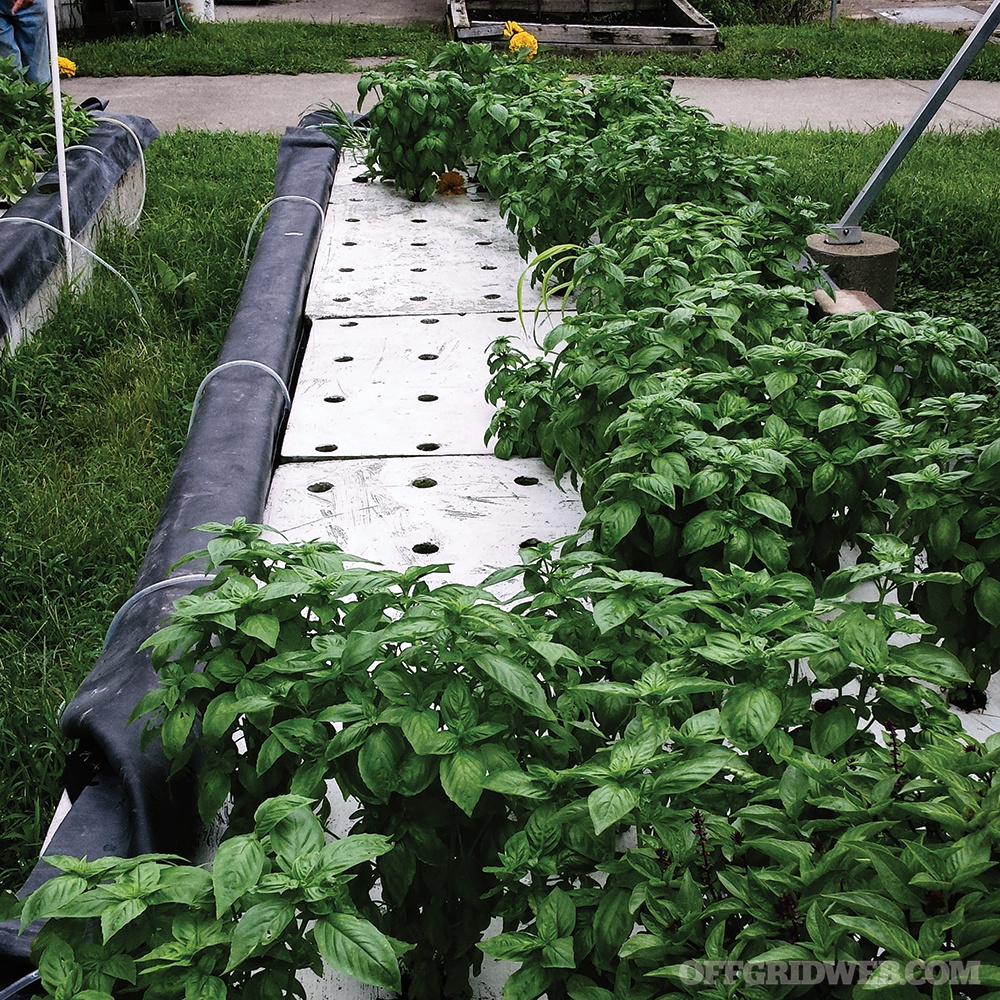
Above: A float system can work well in a home-scale operation.
A conventional grower usually doesn’t have to think about all these elements. How many are represented in a bag of fertilizer? Only three: N, P, and K. Discolored leaves or other reactions will sometimes reveal a need to add some boron or magnesium, or blossom-end rot on tomatoes or peppers will signal a lack of calcium, but for the most part, a traditional gardener manages the pH, the N, P, and K, and lets nature do the rest.
A hydroponic gardener, in contrast, doesn’t enjoy that luxury and must be mindful that every needed component is present in the water. Furthermore, in systems that recycle the nutrient solution, it’s necessary to consistently monitor against salt buildup or drastic changes in pH.

Above: An investment of less than $30 can provide enough premixed fertilizer to create up to 200 gallons of nutrient solution.
The easiest way for beginners to address nutrition is through the purchase of products specifically formulated for hydroponics. These may be either dissolvable granules or liquids. Some are pre-mixed, and others will have components added in stages. Not just any liquid fertilizer will do, because fertilizers formulated for traditional gardening focus primarily on nitrogen, phosphorus, and potassium.
Of course, those who are preparedness-minded may eventually prefer to wean themselves from commercial nutrients in favor of “homebrewed” options. There are a lot of do-it-yourself resources online discussing the solutions that worked in various circumstances. With these as a starting point, you may want to find your own recipe through trial and error, experimenting with nutrient “teas.” Compost, Epsom salts, and various organic fertilizers are examples of ingredients that can contribute the necessary elements to your hydroponic growing. Again, though, expect to do some close monitoring to fine-tune your formula. Be mindful, too, of sanitation and the possibility of splash on your fruits, and especially if you market your produce, adhere to proper Good Agricultural Practices regarding the use of certain organic fertilizers.

Above: The Kratky non-circulating method doesn’t require a lot of equipment.
Hydroponic Myths
While this style of growing can fill a lot of gaps in home food production, it’s not a magic pill. One of the greatest disadvantages is that it requires an initial investment in time and money to construct your system and then a considerable amount of homework and monitoring to keep it functioning properly.
Some mistakenly believe that yields are greater with hydroponic crops in comparison to their conventional, soil-based counterparts, but that’s simply not true. With all things being equal, the plants in a hydroponic system will bear about the same as those in a traditional garden.
Because light requirements don’t change, it’s also untrue that you can space hydroponic vegetables closer than you can in a garden plot. (Spacing plants too closely in either scenario can be an invitation to not only poor production, but also to spread fungal diseases from plant to plant.)
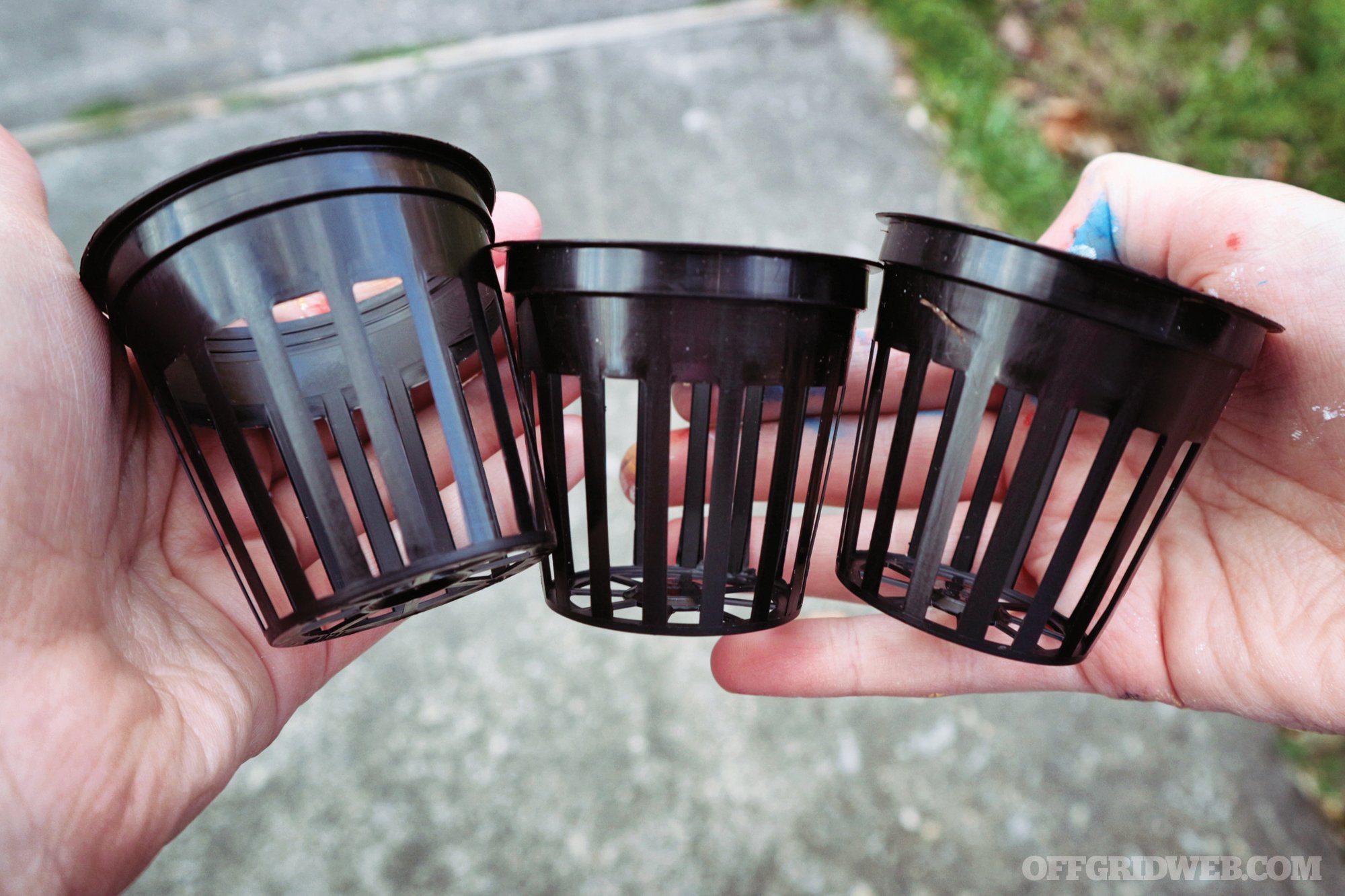
Above: Net pots are useful in several different hydroponic methods.
Taste and nutrition of the final product will be similar between the two systems as well, provided that each plant has access to the required amounts of light, oxygen, nutrients, and water. For any who have been less than impressed by a hydroponic tomato or other vegetable, that could be blamed on a simple missing nutrient.
Growing hydroponically can be rewarding, but it doesn’t require less work than conventional gardening — just different work. No, you won’t have to hoe, plow, and dig, but you’ll need some basic plumbing knowhow, and you may become more of a chemist than you planned to be.
Furthermore, while the commercial hydroponic operations you may have seen are constructed in greenhouses and under artificial light, this doesn’t have to be the case. It’s possible to have a system on your patio or in a south-facing window, where growing can take advantage of natural light and temperatures, following roughly the same growing season as a conventional garden.

Above: Compost provides many micronutrients to gardens and can contribute to the richness of homemade hydroponic nutrients, too.
You can spend as much money as you want on hydroponic gardening (as with most hobbies), but it doesn’t have to be expensive. It’s possible to buy enough equipment for 25 to 30 plants nutrients included) for under $50, provided you use recycled buckets or containers, and quite a few complete kits can be found online in the $100 range.
Which Crops?
Almost any crop can be grown hydroponically, in theory, although maturity days and plant size can make some more challenging than others. For this reason, crops most often seen in hydroponic production systems include herbs, tomatoes, peppers, cucumbers, celery, watercress, and leaf lettuce. A brand-new hydroponic grower would do well to start with one or two of these.
Strawberries can also do very well hydroponically. The advantages include removal of the crop from exposure to soil-borne pests and the labor benefits of picking berries that are elevated above the ground. Hydroponic strawberry production has proven to be a viable method in some arid parts of the world, including desert regions of Israel.
Nutrient Deficiencies
Specific symptoms will result from nutrient deficiencies, making it possible to identify which nutrients should be added to correct these problems. Check the chart below for a primer on which nutrients your crops might need:

The Simplest Method
A technique developed by Dr. B.A. Kratky of the University of Hawaii makes hydroponic growing accessible to more people by removing pumps and electricity from the equation. The “Kratky Method” is a non-circulating system that can be housed in a plastic bucket or tote.
“The suspended pot, non-circulating hydroponic method is a convenient way to grow short-term vegetables like lettuce and pak-choi,” Dr. Kratky explains, “because a small tank containing 1 to 2 gallons per plant only needs to be filled with nutrient solution (water plus fertilizer) at transplanting time and no additional effort is needed until harvest.”
With this method, plants are placed in a “net pot” and then suspended above the nutrient solution. As the liquid is used up, the roots reach further. The humid air between the water and the pot provides for oxygen exchange in the roots. For fast-maturing crops, the water and nutrients initially loaded will be sufficient to carry the crop through to harvest.

Above: Crops grown hydroponically are physiologically no different than crops grown in soil.
The first step to employing non-circulating hydroponics is to collect containers with lids — 5-gallon buckets and storage totes are fine. Delis and bakeries often have used plastic buckets they’re willing to part with.
Net pots and some type of sterile medium will be needed to keep the plants upright and suspended in the solution. Clay pellets, gravel, rockwool, vermiculite, perlite, sand, or packing peanuts are some commonly used growing media. I recently ordered 50 2-inch net pots and a bag of clay pellets for just over $20.
Use a hole saw of the same diameter as your net pots to make one to four holes in the lid of your bucket.
Next, add water and nutrient to make a solution for your crop, but take care to leave an air gap between the water level and the bottom of the lid where your pots are placed.

Above: Crops grown in a suspended pot, non-circulating system can be quite portable.
The crop should have a short enough maturity that it’s ready for harvest by the time the solution is 10 percent of its starting level. Lettuce and bok choy, for instance, should do well in 5-gallon containers. Longer-term vegetables should be grown in larger containers, or a secondary tank can keep levels topped off with the use of a float valve.
A Kratky system can also be quite portable, allowing growers to set their buckets into a garage if a late frost is forecast, or to move them into and out of direct sunlight as needed.
Other Methods
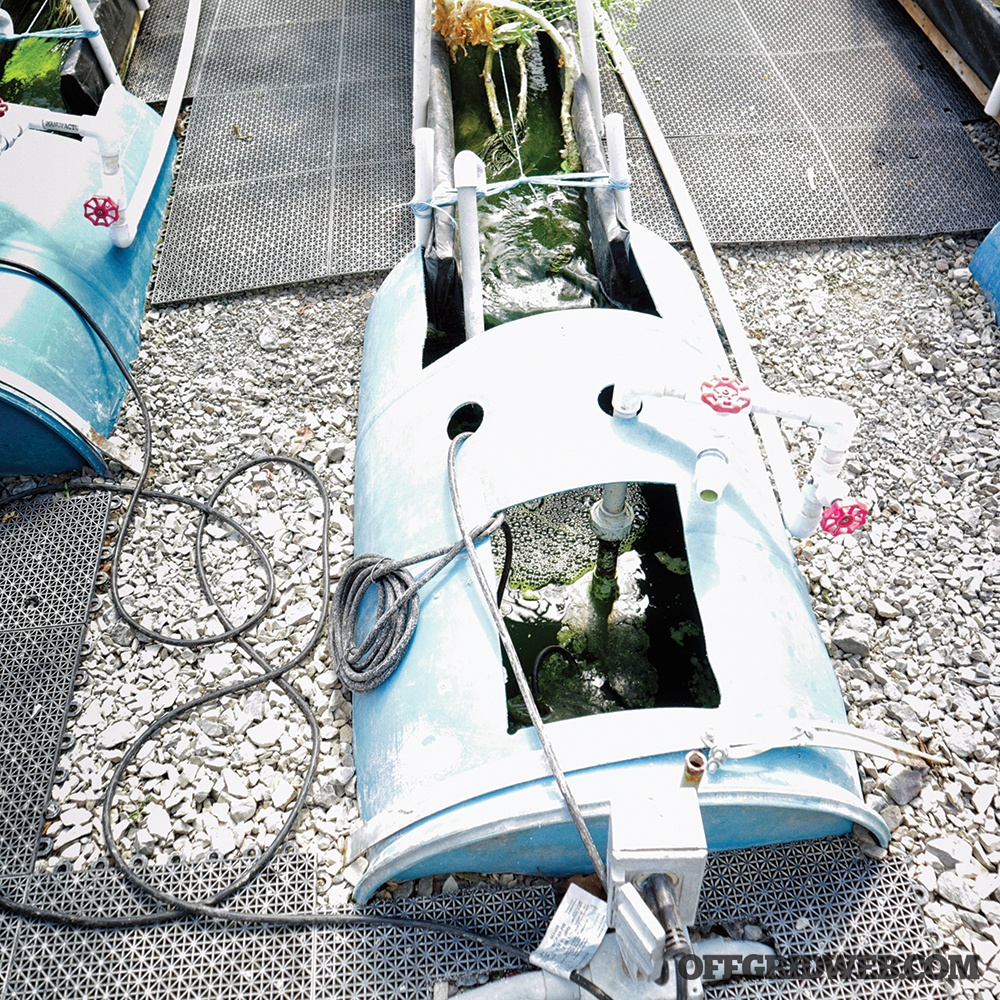
Above: The nutrient film technique recirculates the nutrient solution so that roots sit in a constant flow.
Another growing method common in both commercial and home-scale hydroponic production is the nutrient film technique (NFT). Here, a constant flow of nutrient solution is circulated through a plastic-lined trough or enclosed channel via a pump and reservoir. The plant roots remain in the flow. The plants themselves may be supported via an overhead trellising system, or they may be held in place by net pots, rockwool, or other media. PVC pipe or guttering can work in a home system, with an ideal slope of a half inch drop every 15 feet.
Because the nutrient is recirculated, water quality can become a concern, and it’s usually necessary to completely change the solution periodically.

Above: Tobacco transplants begun in float beds.
Float systems are another type of hydroponics that are relatively simple for a home grower to grasp. In these, rafts made of Styrofoam hold the plants and float directly on the nutrient solution. Since there’s no air space between the solution and the raft, some type of bubbler is needed in the reservoir to supply oxygen to the roots.
This system is often used by tobacco farmers to start their transplants, and many of these systems have been adapted over the past decade to start other transplants, such as tomatoes, pepper, and even corn. The transplants that are started hydroponically are then grown in natural soil.

Above: Tomato seedings begun in rockwool cubes quickly extend their feeder roots into the solution when placed in a nutrient film technique system.
In the aeration method, the nutrient solution is misted onto the roots, often from within an A-framed Styrofoam structure into which the plants are placed. Excess solution runs back into a reservoir and is recycled.
Yet another style of hydroponics is bag culture, where plants are grown in polyethylene bags filled with a medium-like vermiculite or peat. Capillary tubes that run from a main nutrient supply line are inserted into each bag, delivering the nutrients. (In one university demonstration, bag culture tomato plants grew so heavy that they damaged the steel frame of the greenhouse to which they were trellised!)
What About Aquaponics?

Above: Aquaponics will require a lot of inputs to keep both plants and fish healthy.
The concept behind aquaponics is that edible tilapia (or other fish species) are grown in large tanks, and their waste water is cycled through the hydroponic vegetables. The nutrient film technique is often used in these systems. In theory, the fish waste supplies the nutrient needs of the plants, while the plants themselves filter the water before it’s recirculated back into the fish tanks. The reality is that both plants and fish will require closer monitoring than in standalone aquaculture or hydroponic systems. Root diseases can be exacerbated due to an overabundance of organic matter in the water, and plants don’t actually “clean” out all elements that can harm the fish.

Above: Aquaponics is an interesting concept, but one that can be very challenging to master.
However, people have merged the two systems, and enterprising homesteaders who want a challenge may consider taking on an aquaponics project as a means to provide both vegetables and protein. Just keep in mind that a lot more management (and patience) will be needed.
Conclusion
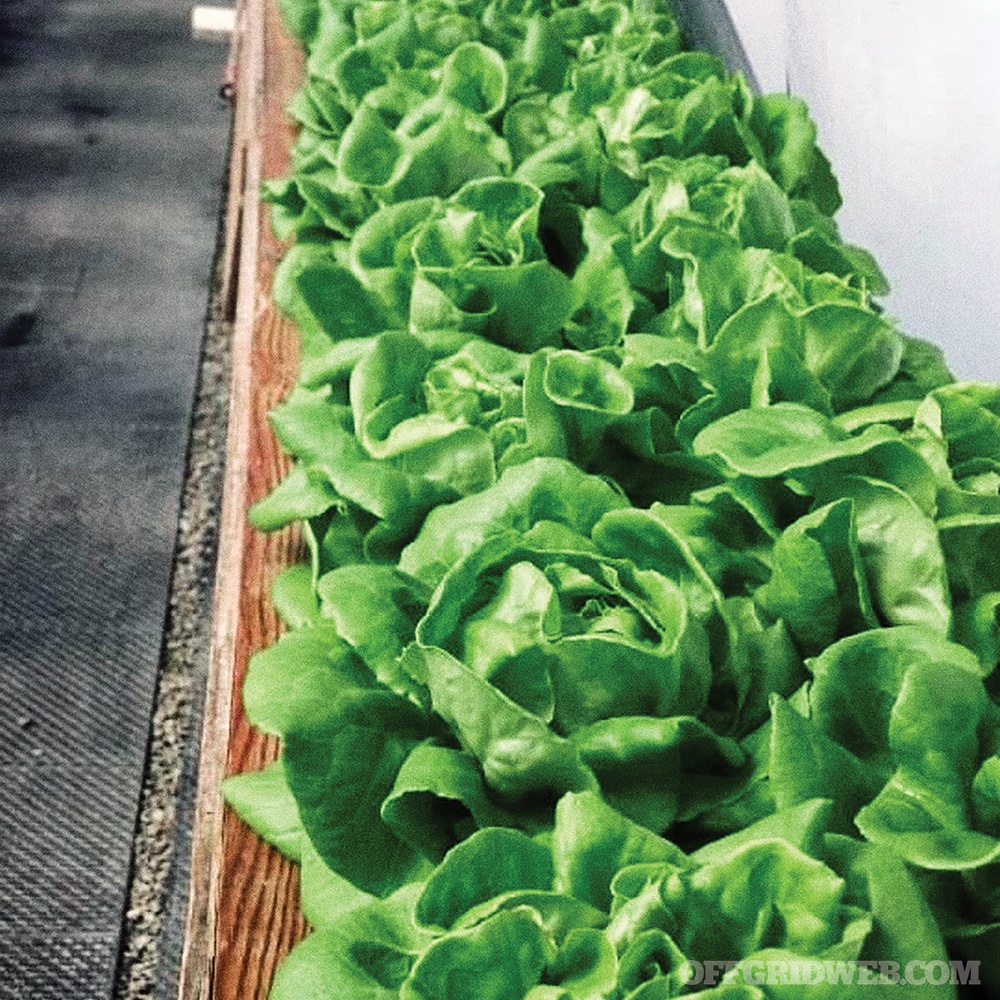
Above: Lettuce in an NFT system.
Hydroponic growing isn’t for everyone. It can be tricky to master the chemistry of nutrition and the nuances of plumbing for plants. But for those with poor soil, or who live in places where the deer and rabbits eat better than the people, it can be a viable option. Furthermore, employing both conventional and hydroponic growing can make a lot of sense, with your corn, beans, and potatoes in the earth, but bok choy and celery in Kratky buckets beside the garage, where you can watch them develop beyond the groundhogs’ comfort zones.
If this is a method that captures your imagination, you can start on the most basic level now to add some variety to your gardening. By next season, who knows? Perhaps a full-blown nutrient film technique system will become part of your daydreams.
About the Author
Phillip Meeks is an agriculture and natural resources educator originally from Tennessee, but now based in the mountains of Southwest Virginia. He likes to spend his weekends hiking, gardening, beekeeping, fishing, and mushroom hunting.
More From Issue 32
Don’t miss essential survival insights—sign up for Recoil Offgrid’s free newsletter today!
Read articles from the next issue of Recoil Offgrid: Issue 33
Read articles from the previous issue of Recoil Offgrid: Issue 31
Check out our other publications on the web: Recoil | Gun Digest | Blade | RecoilTV | RECOILtv (YouTube)
Editor’s Note: This article has been modified from its original version for the web.

